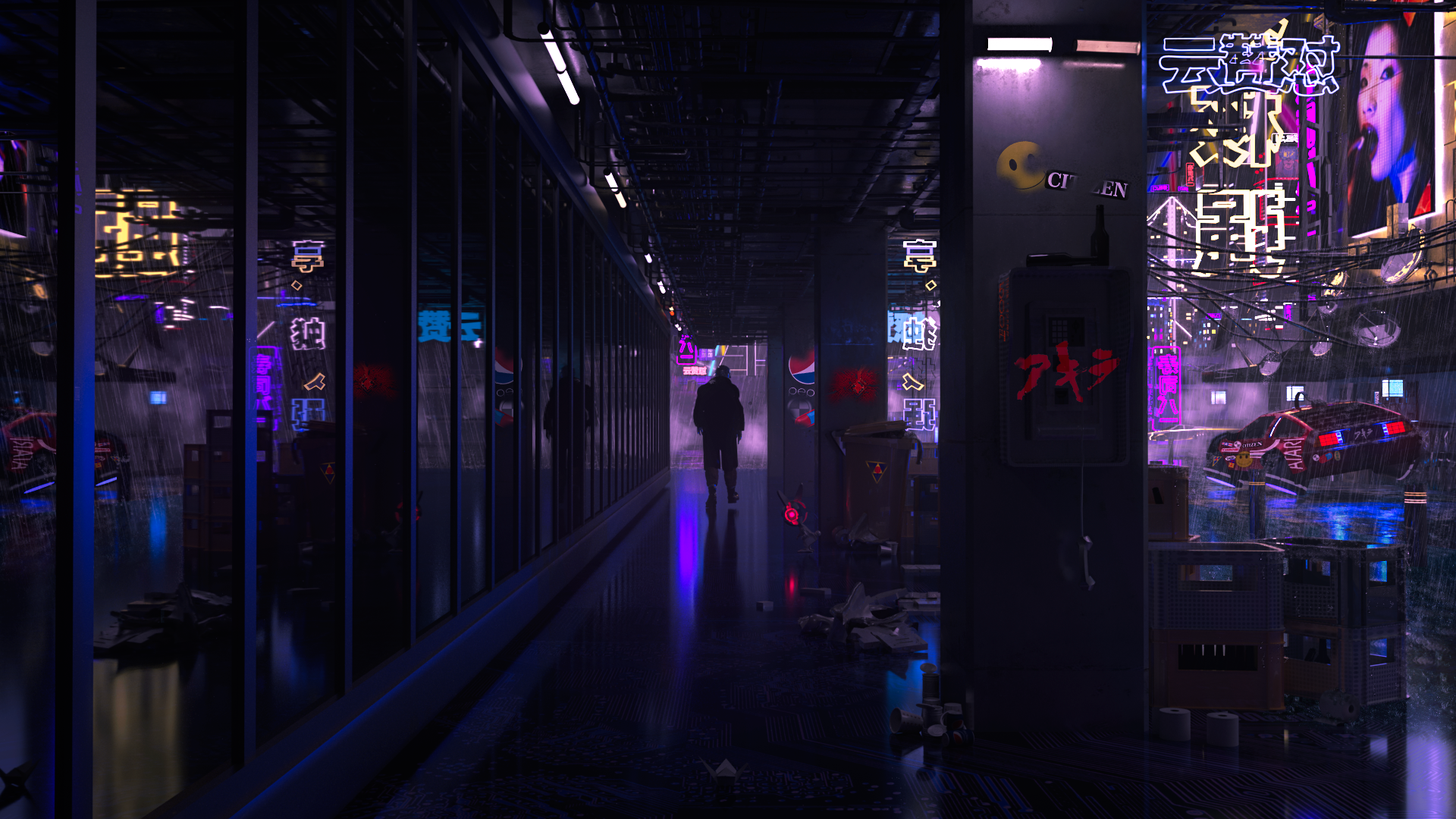Design Portfolio
Storyboards

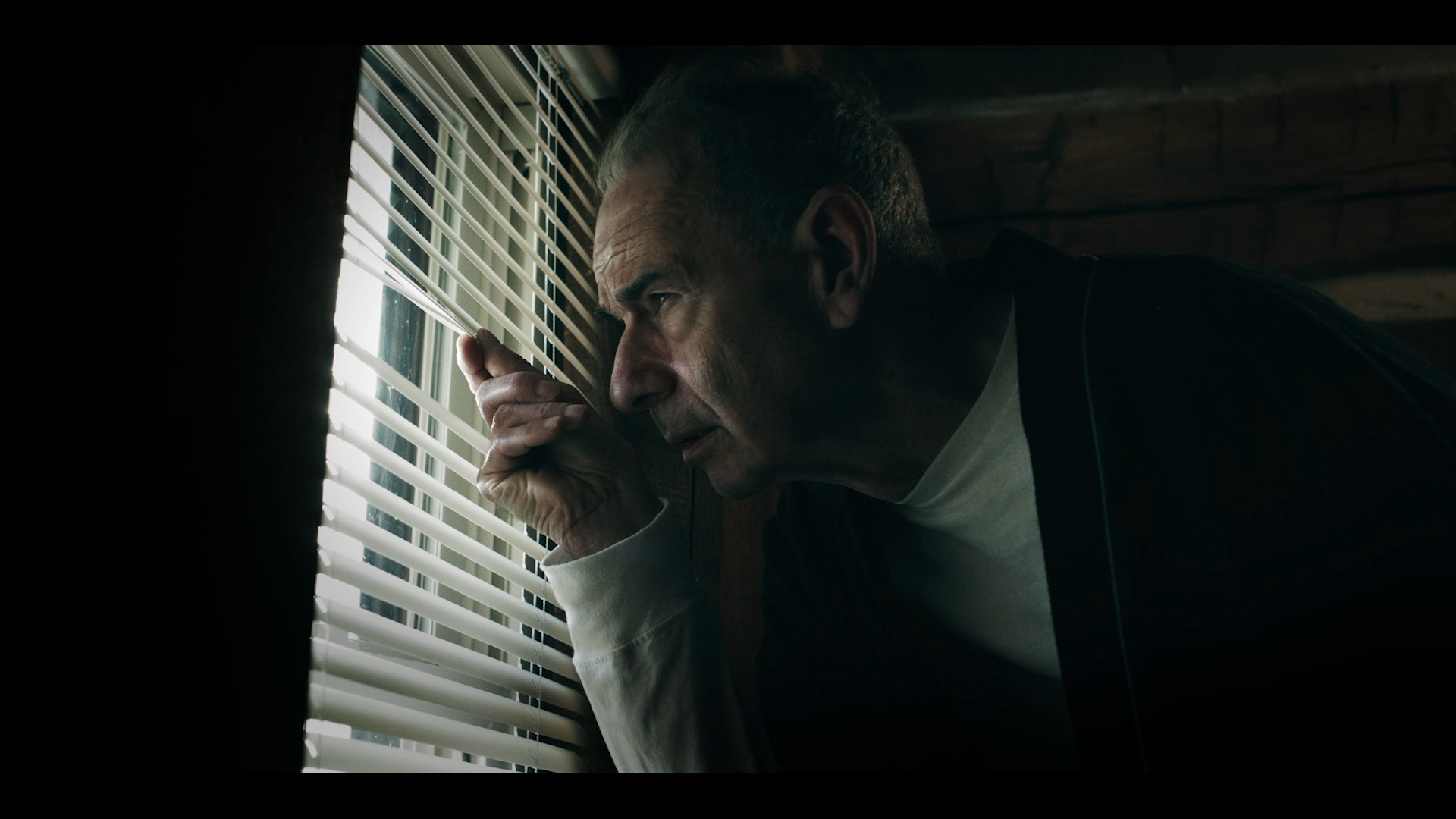
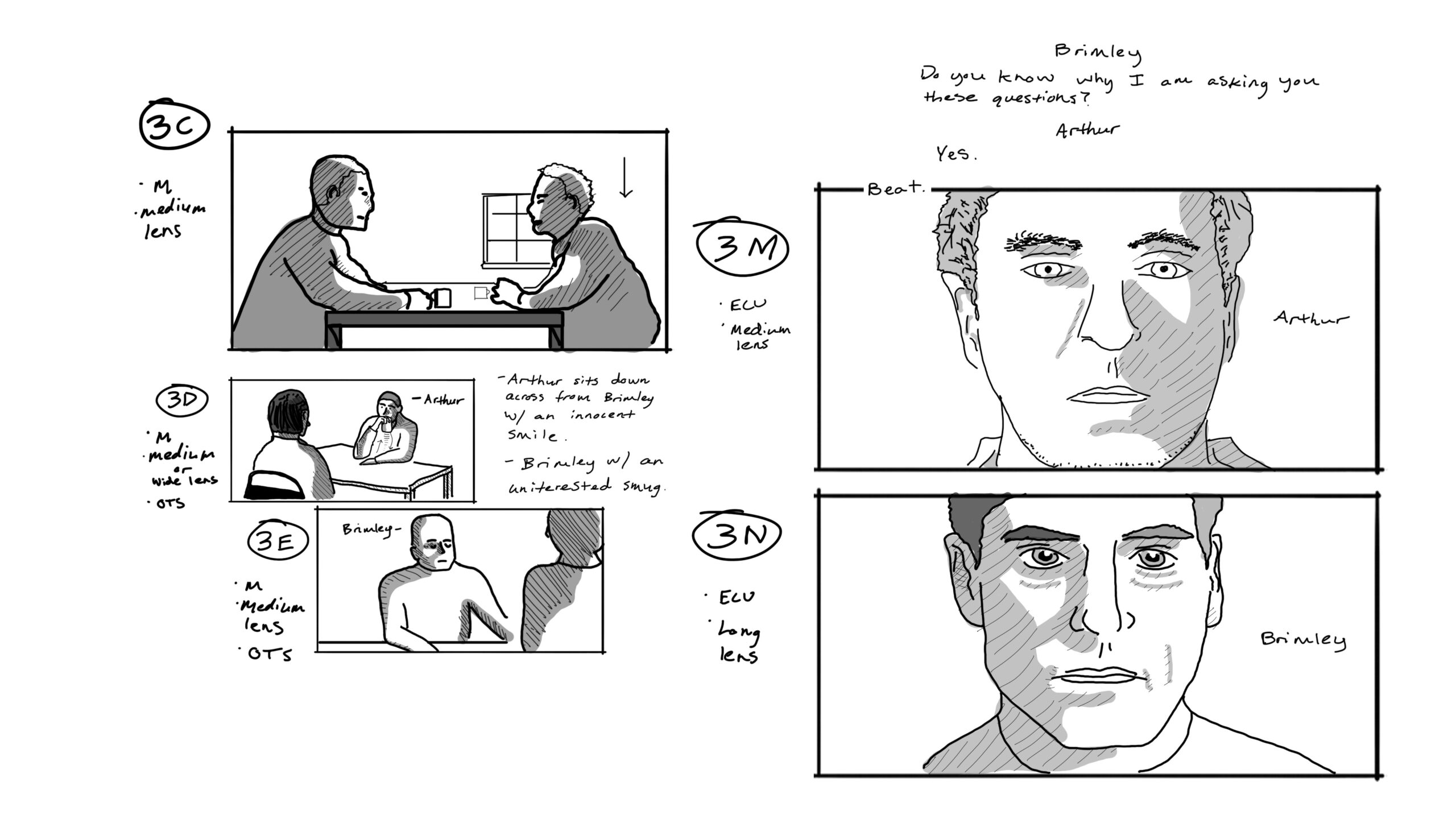

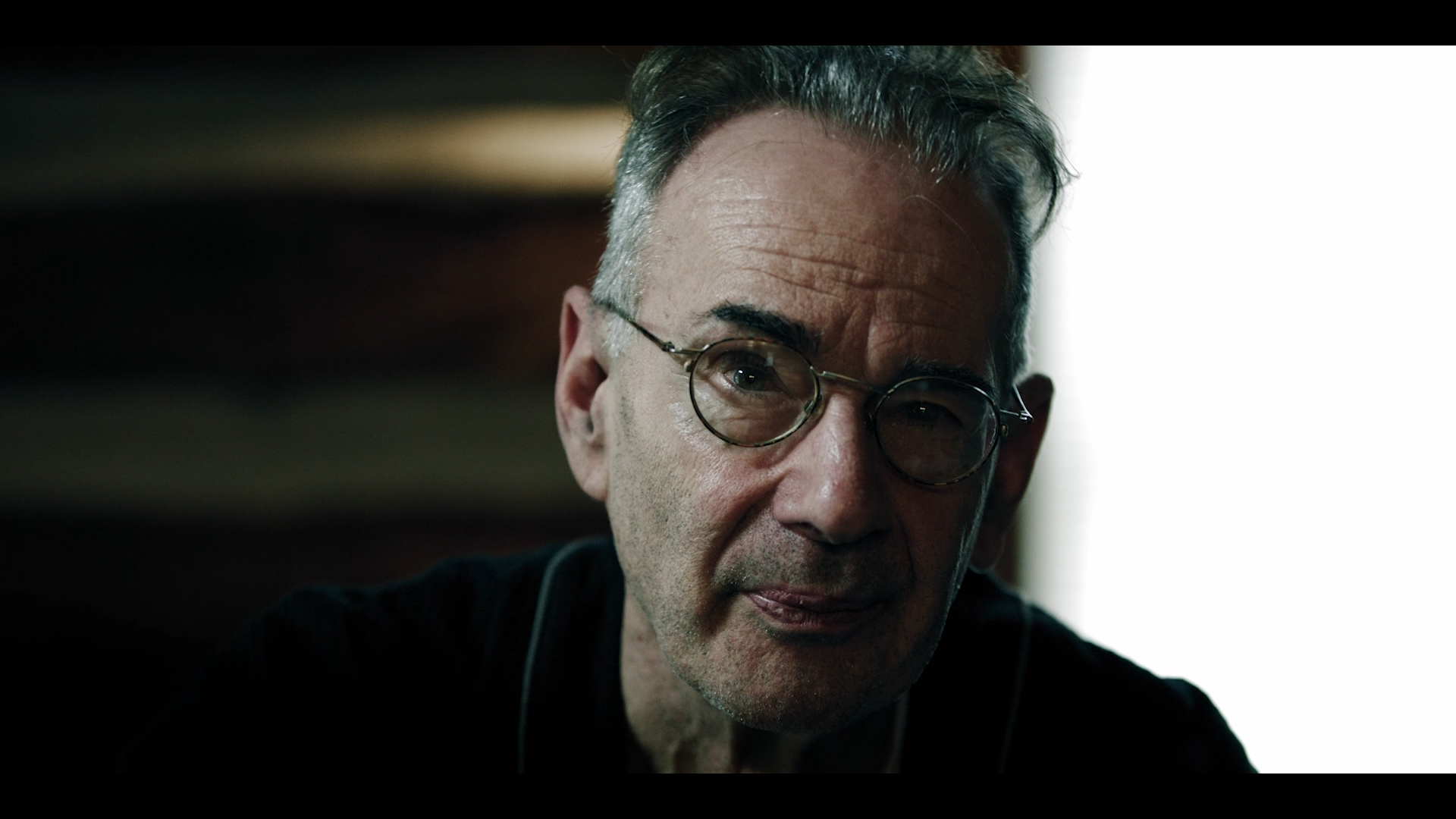
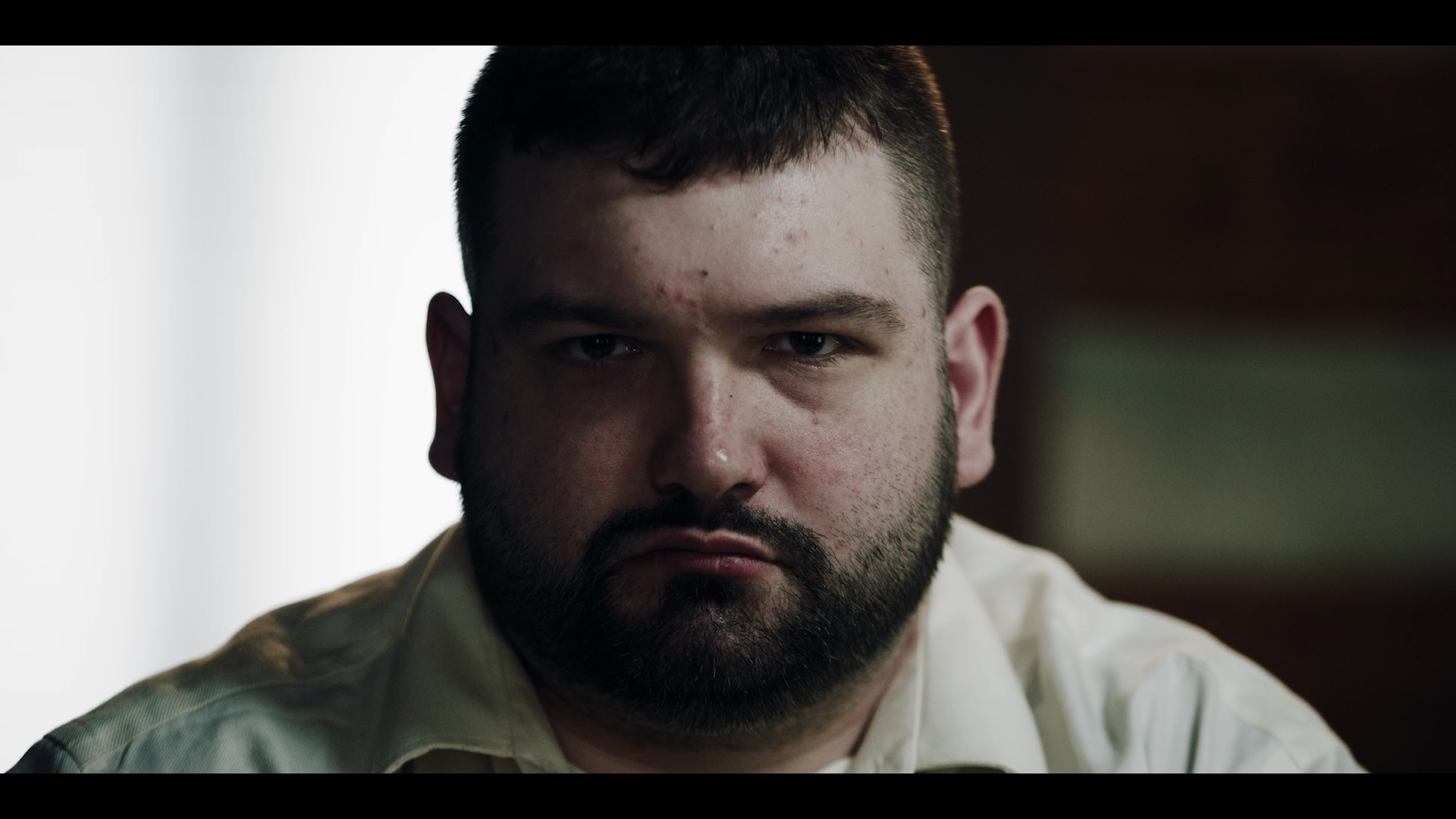
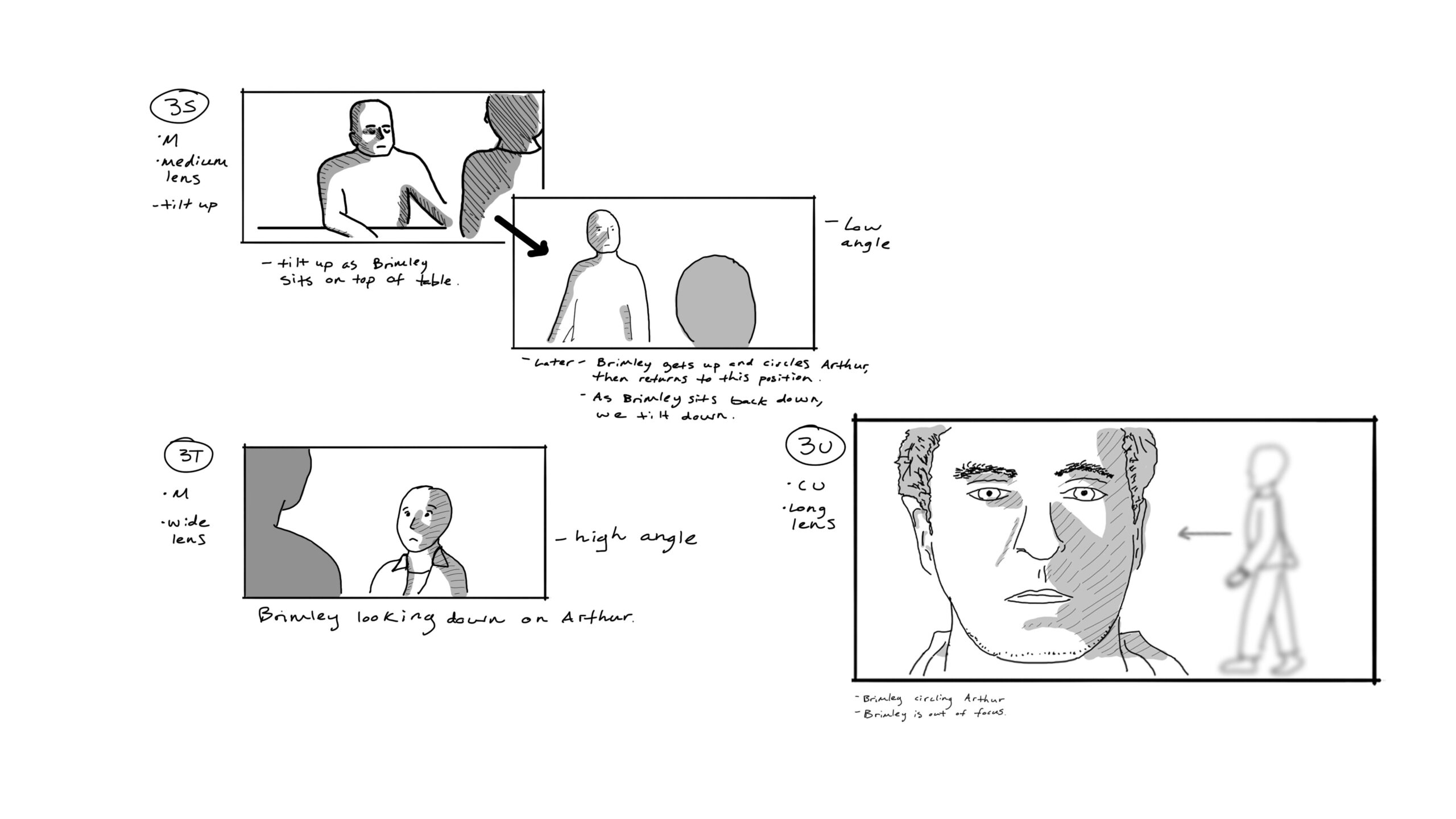
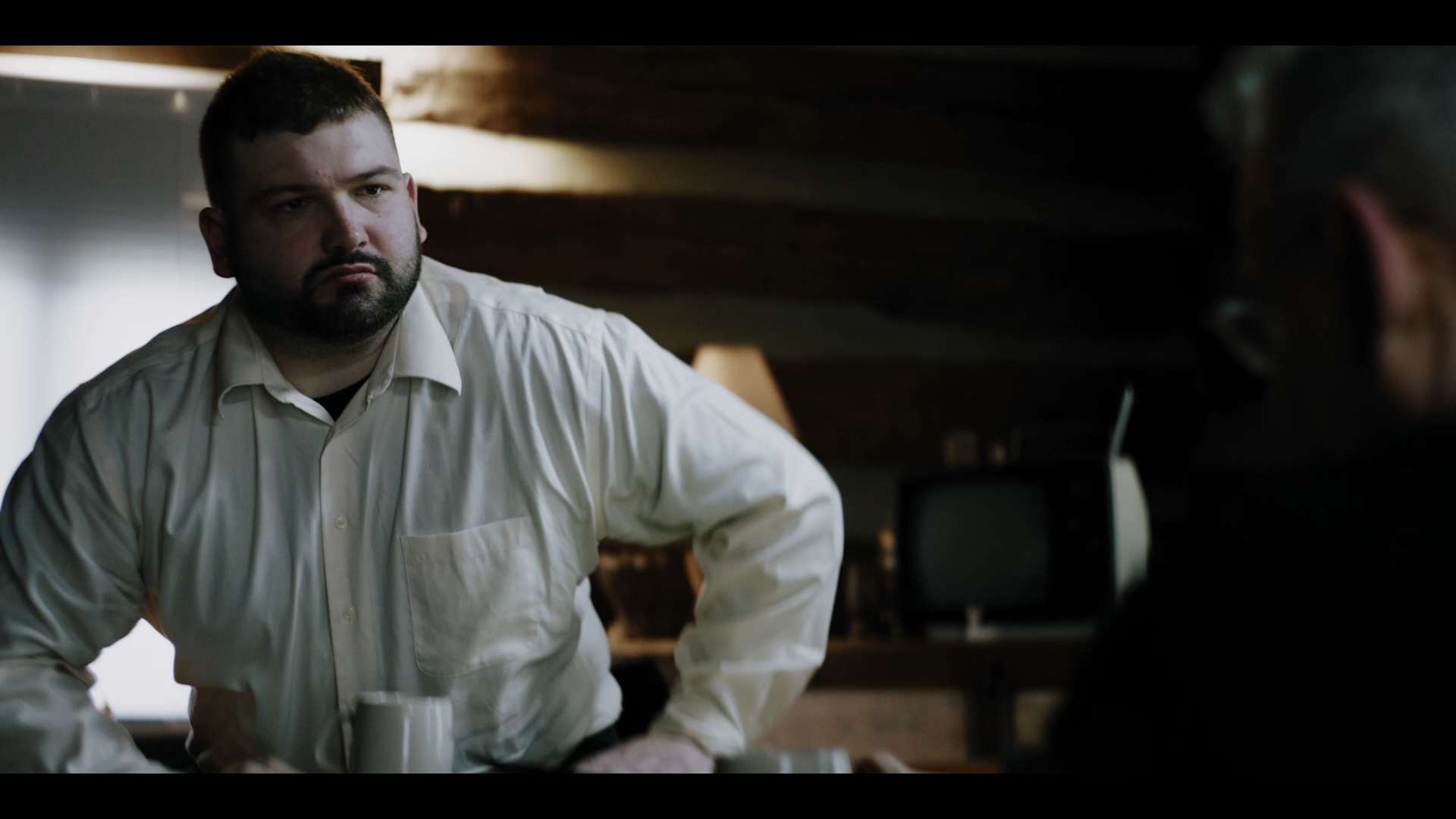

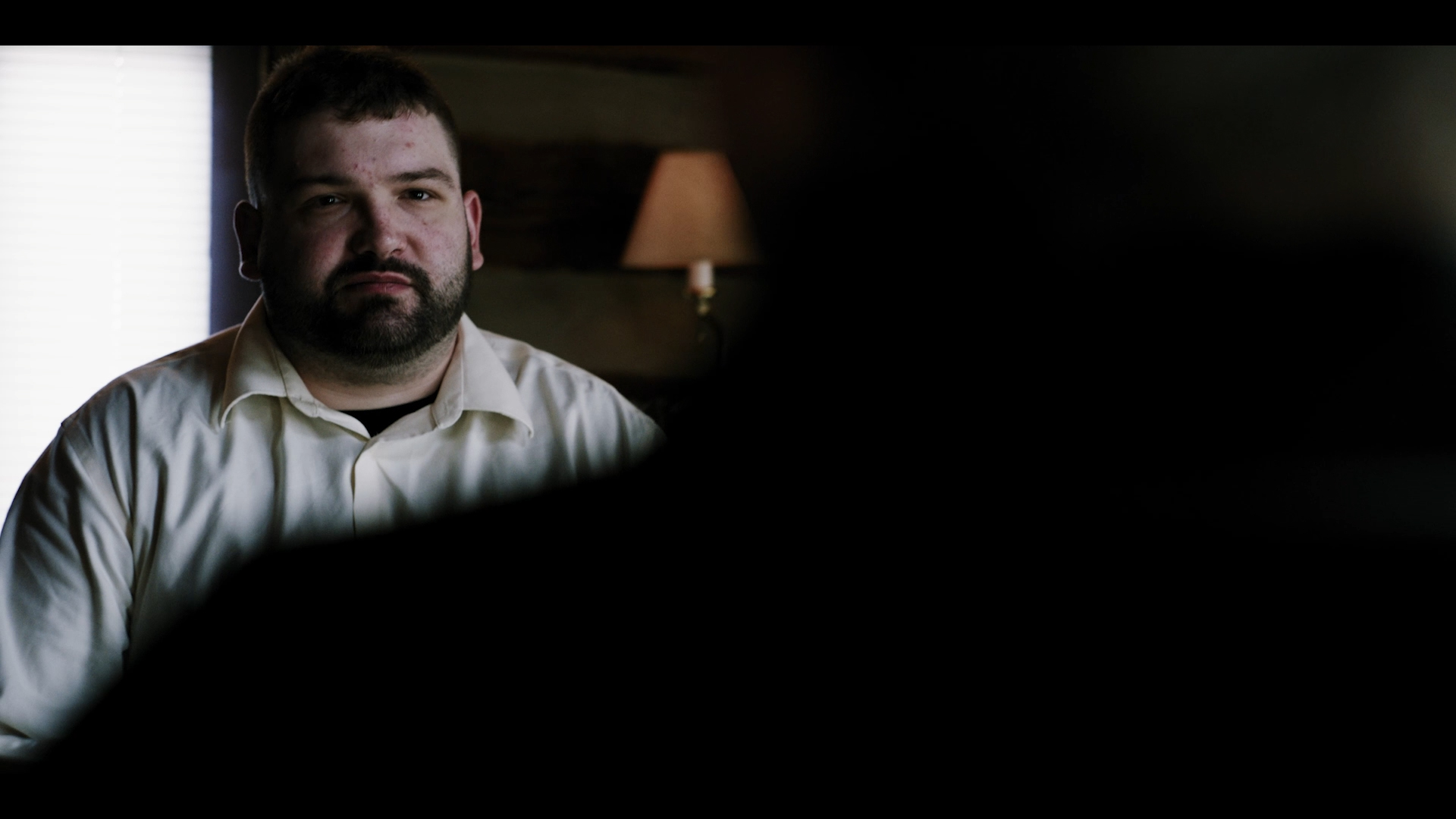


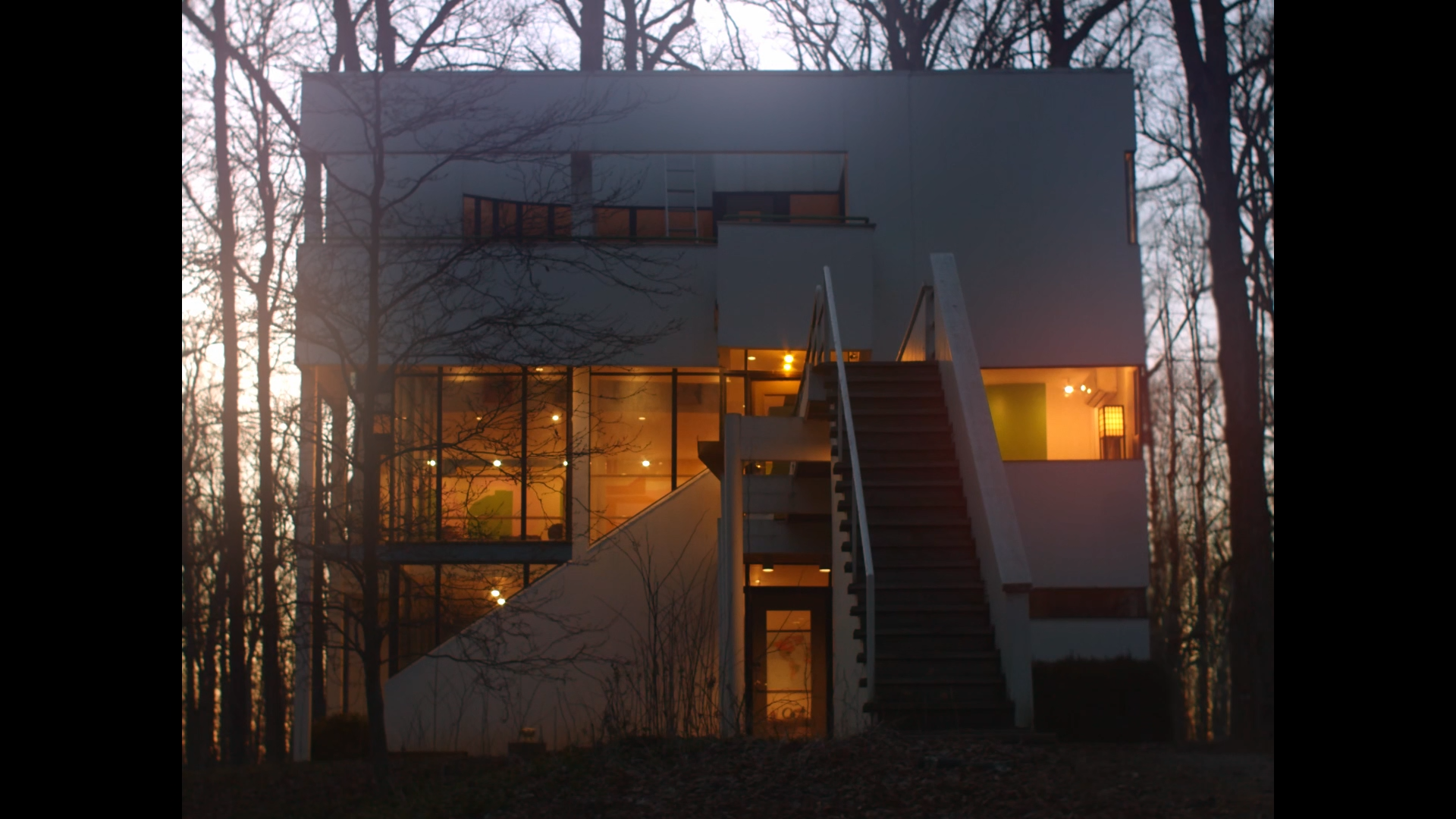
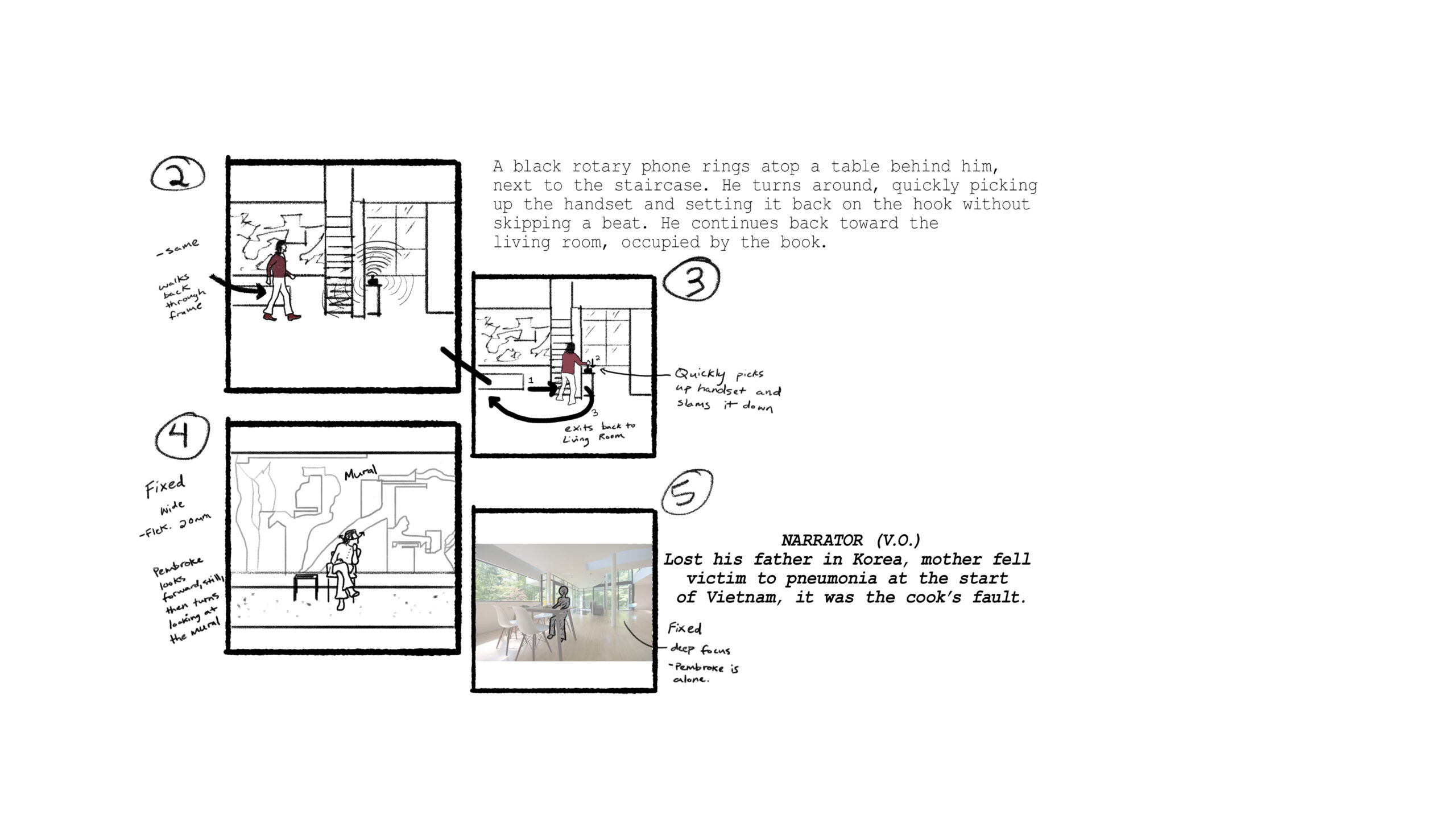

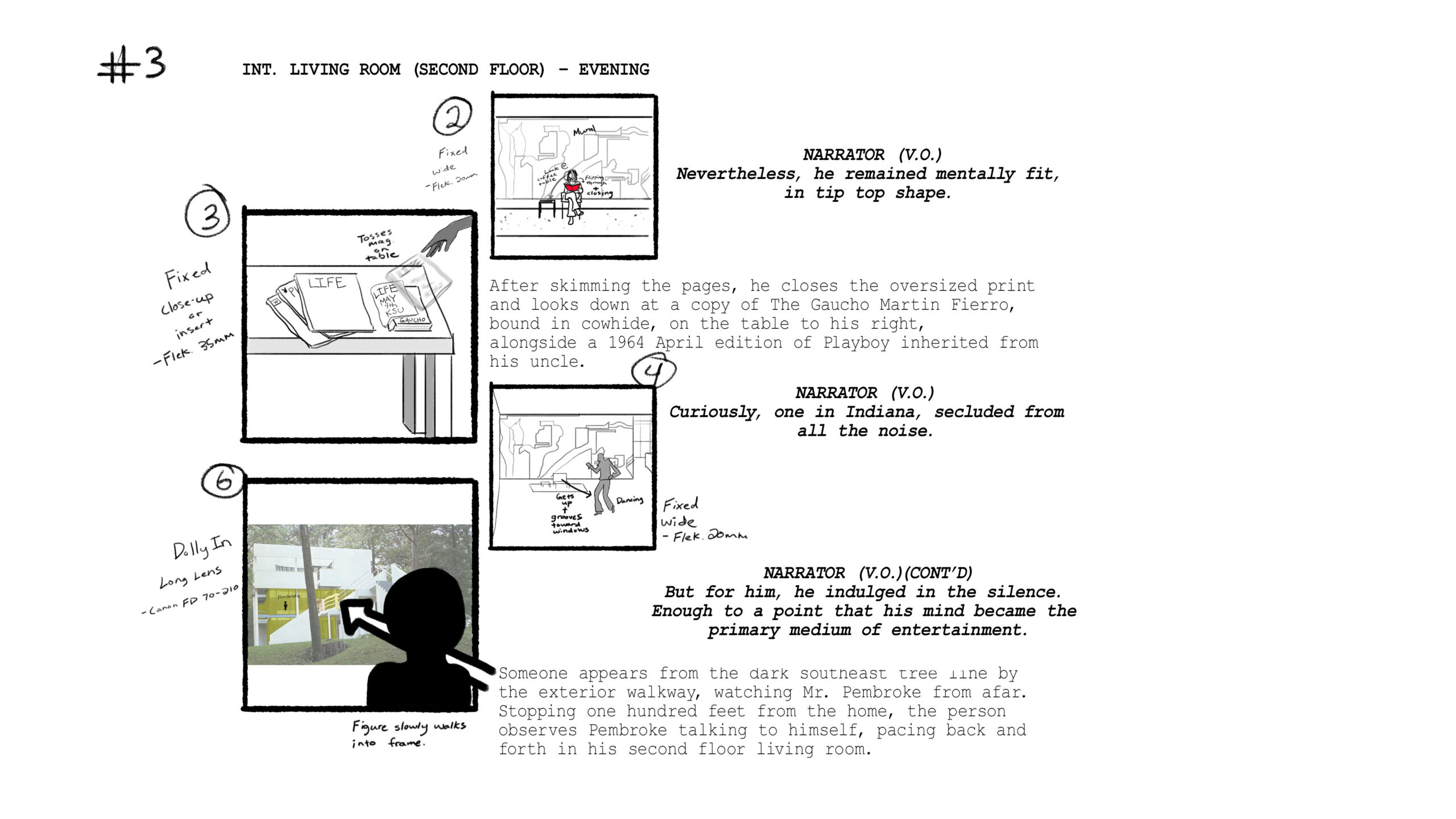
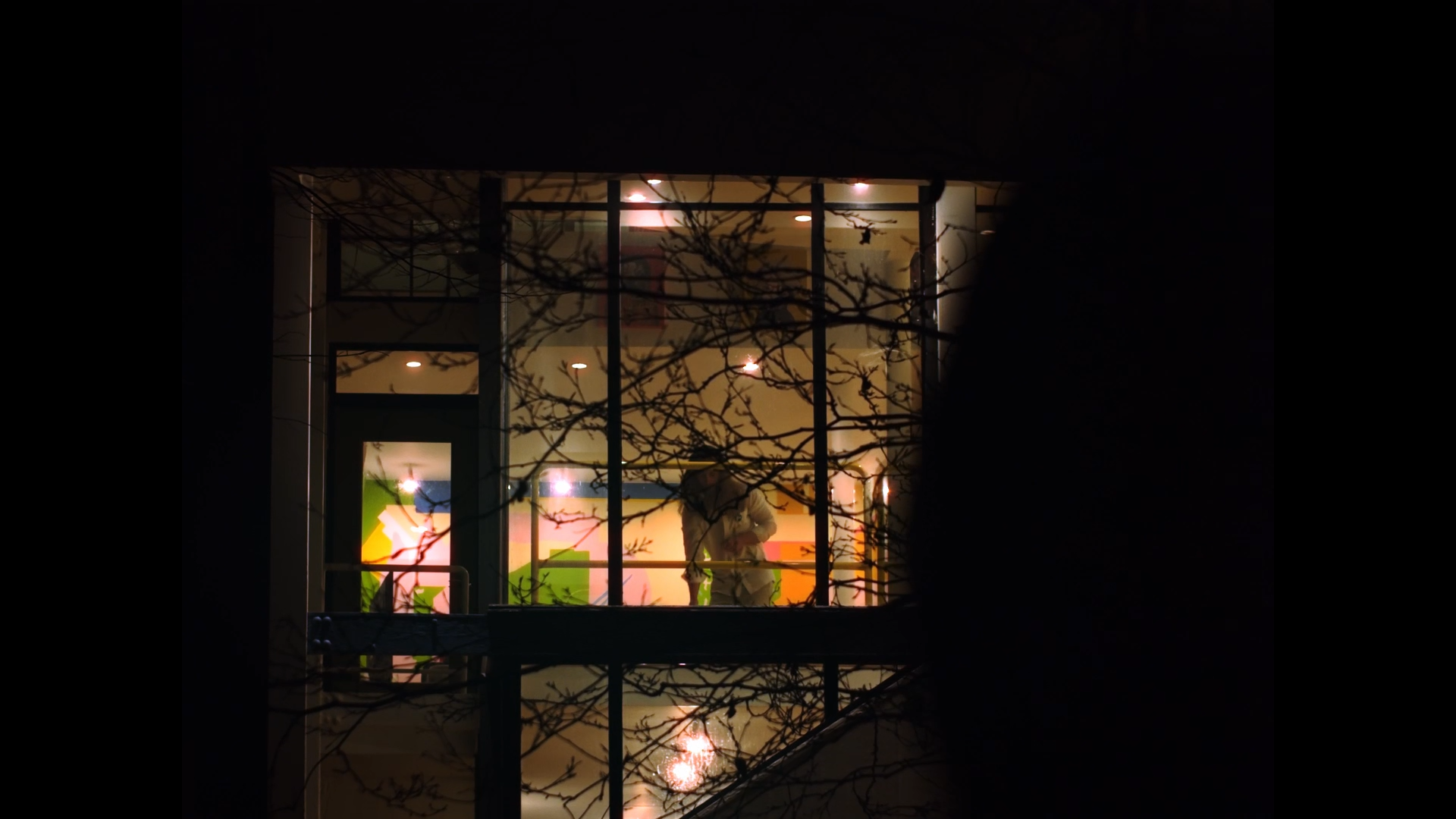
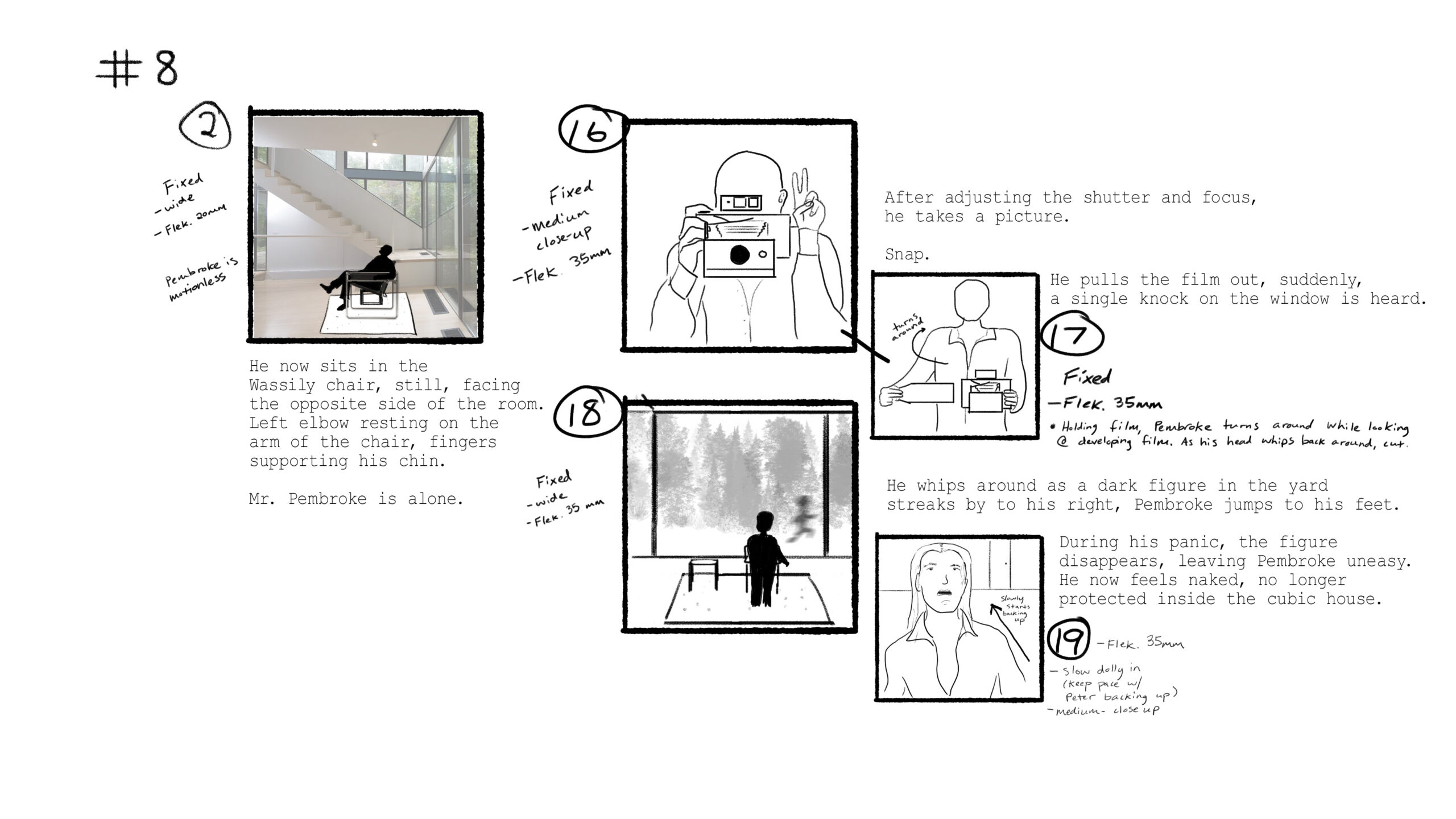
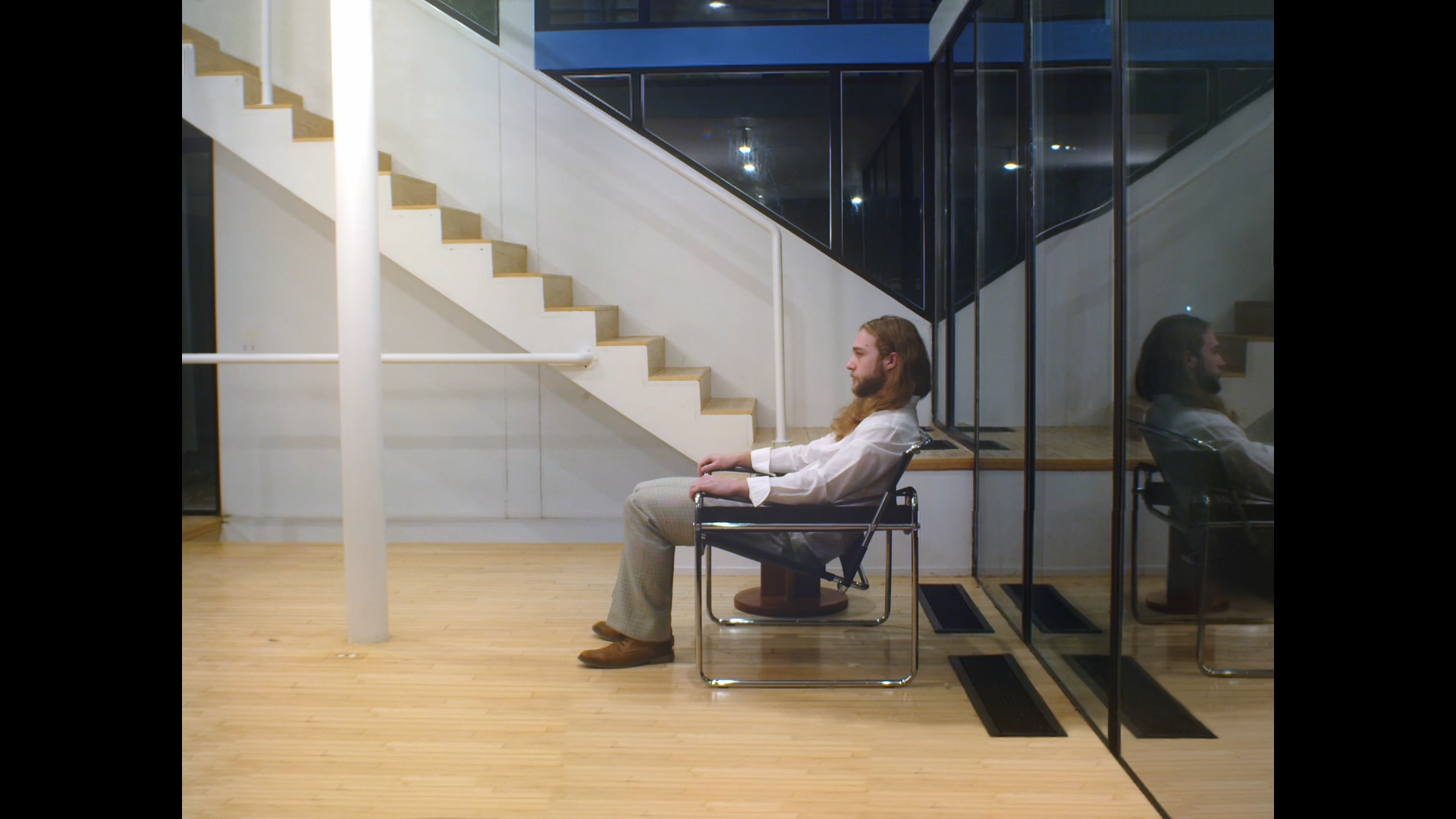
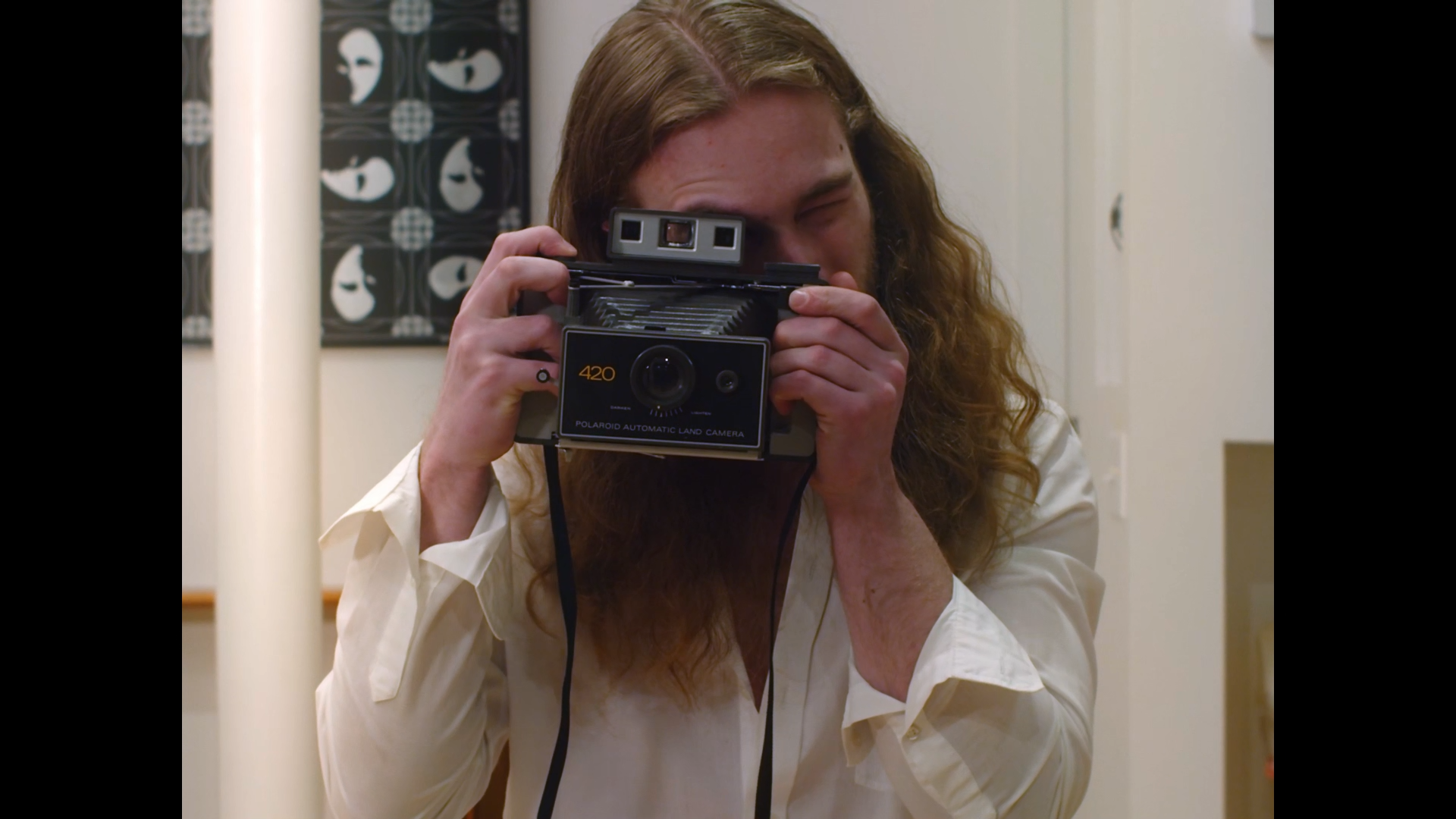
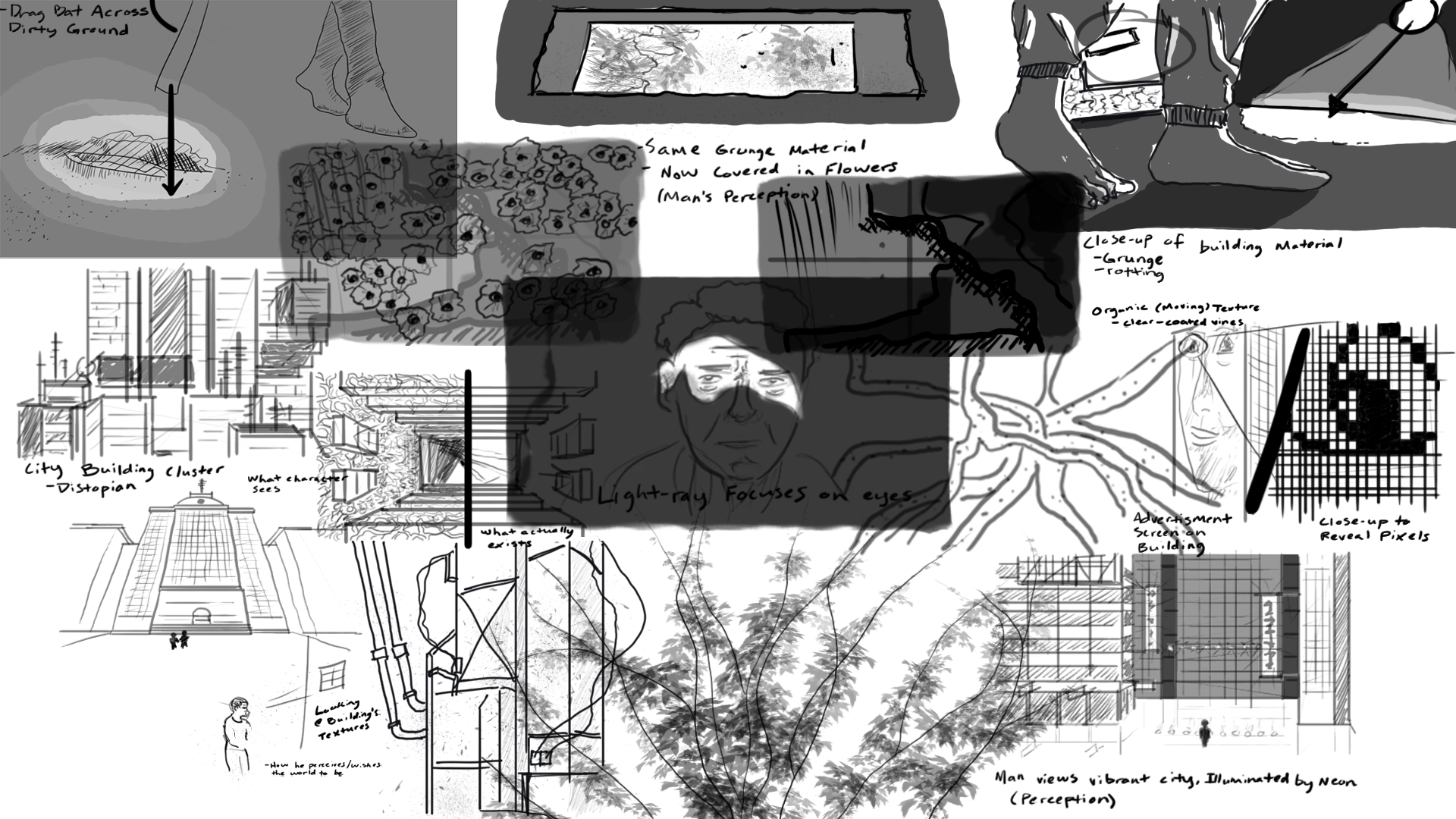
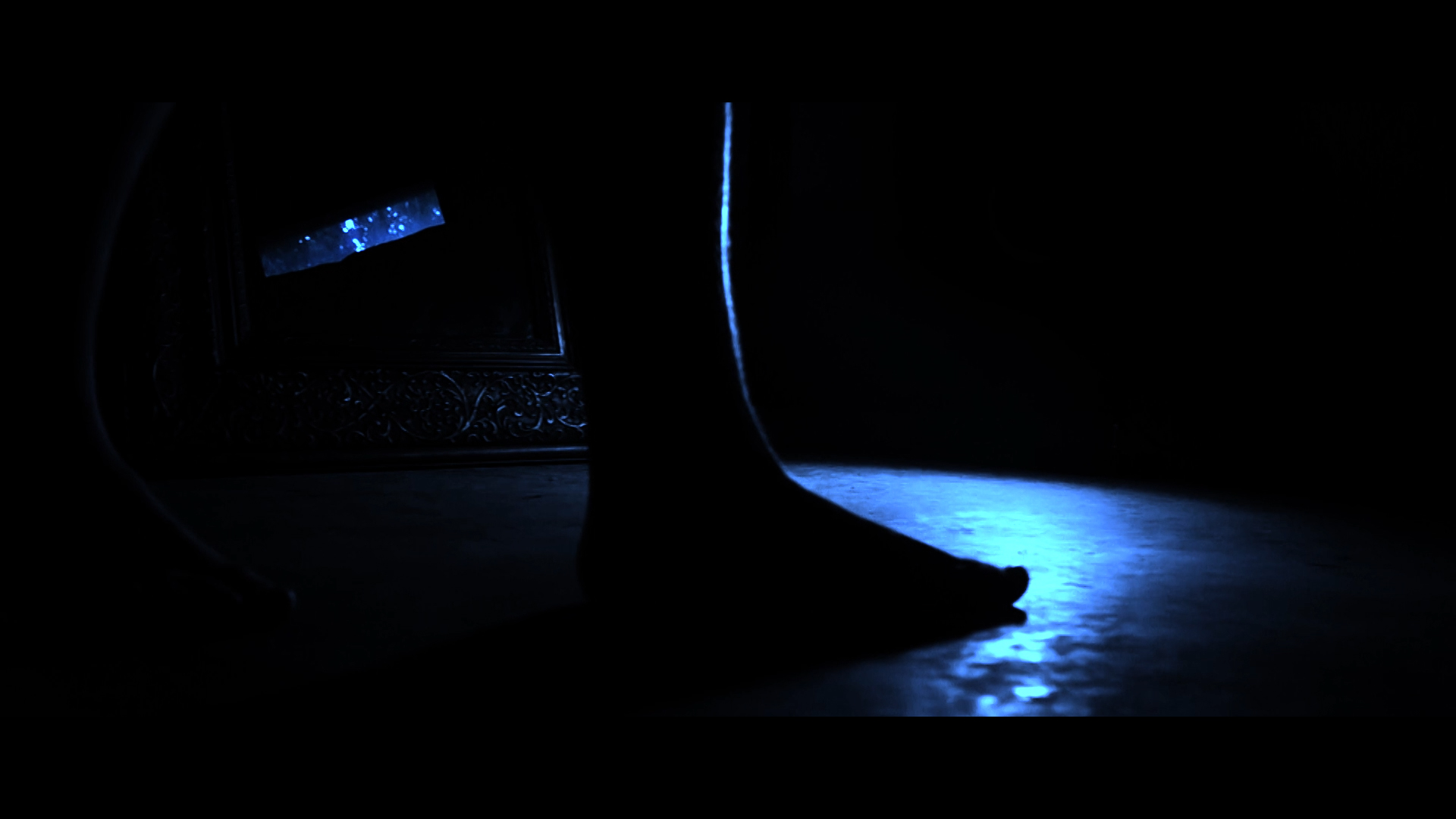

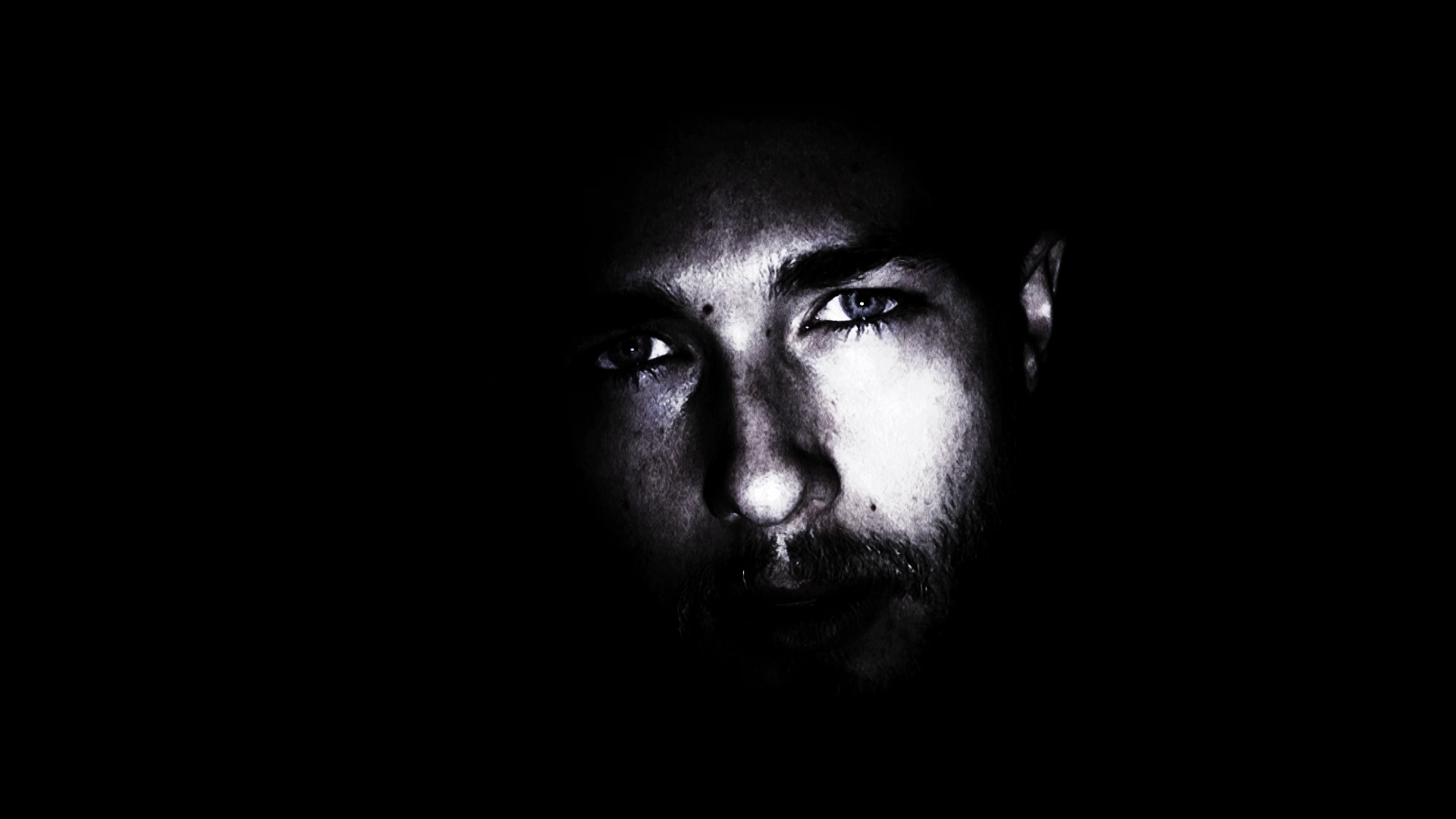

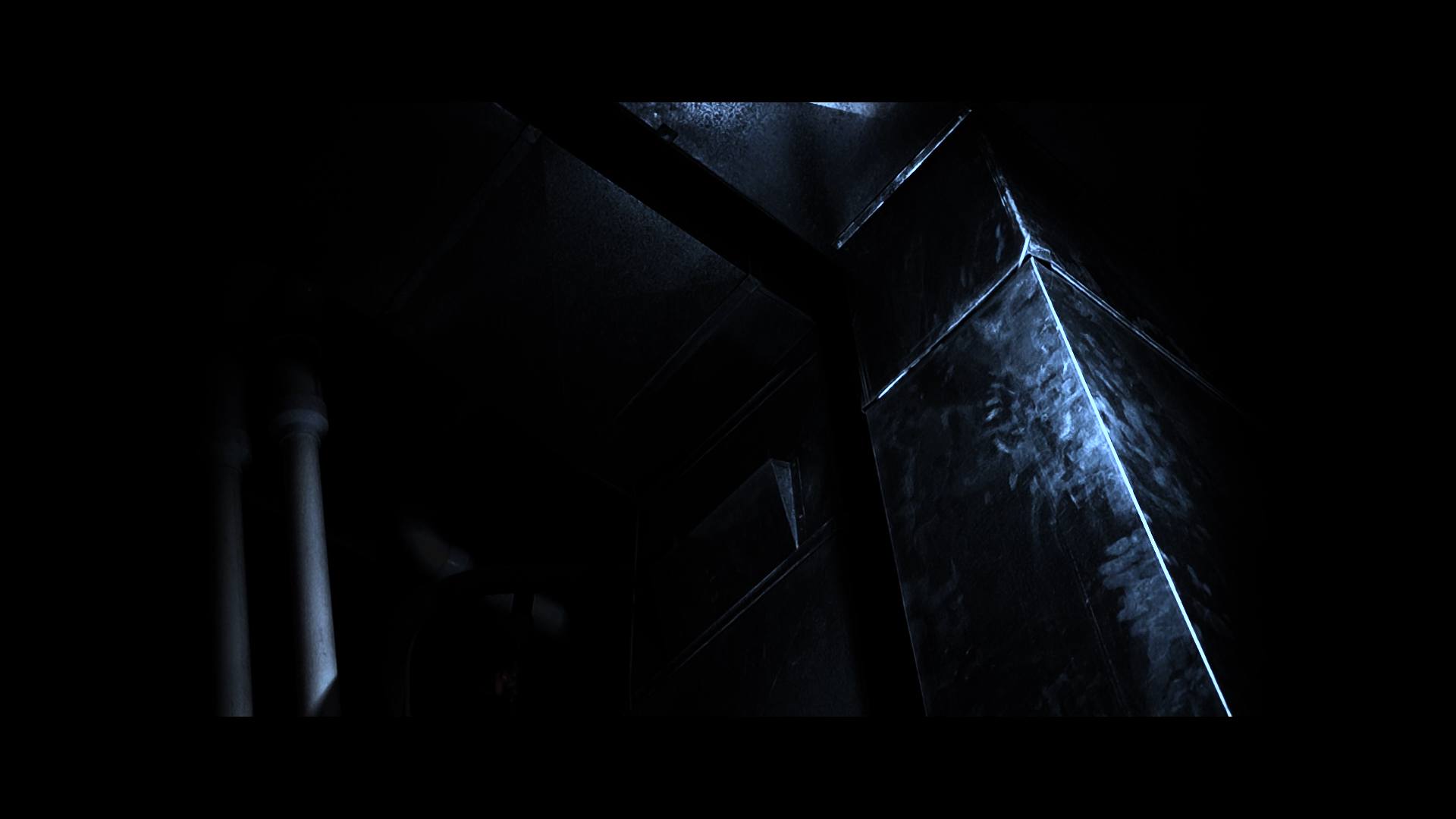
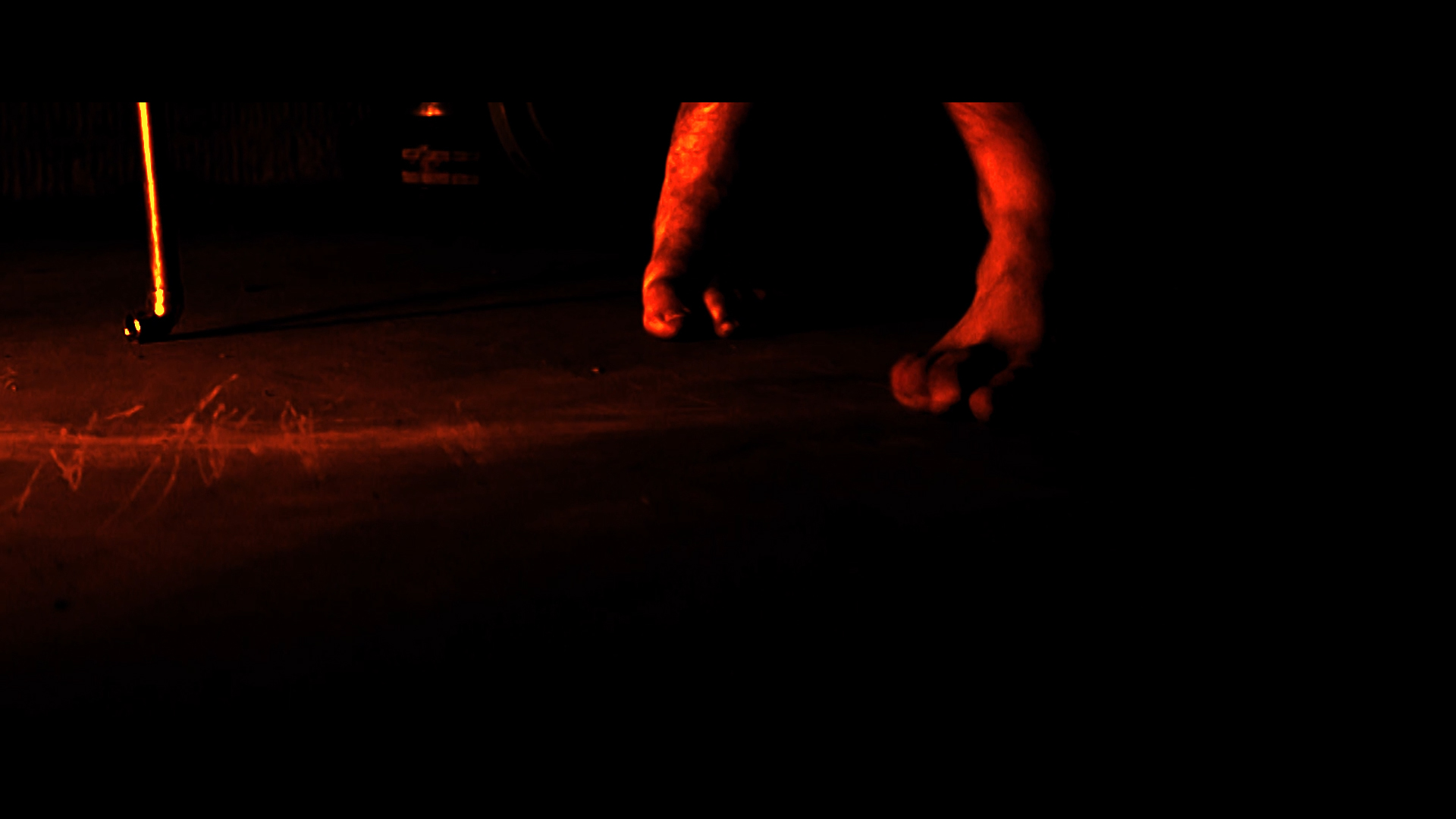
Le Carceri Uncanny (Architecture)
Marc Haas
Professor Jon Yoder
This is a non-narrative short film and a precursor to the narrative version set to release in Spring 2021.
Directed by Marc Haas
Acting and Sound Design by Peter Shand
Kent State University, 2020 Master of Architecture Thesis Project.
Thesis Advisor: Jon Yoder
Unlike some projects that celebrate urban architecture for its small carbon footprint and dense living quarters, Le Carceri Uncanny presents architecture as a critical speculation on the design of buildings for cities that sometimes fail to accommodate human concerns. Prompted by urgent considerations surrounding the COVID-19 pandemic, this project is a psychoanalytic exploration of the confines of dim space. These uncanny images of spaces with no clear dimensional qualities resemble the mezzotint moods of eighteenth-century Italian artist Giovanni Battista Piranesi’s iconic “Le Carceri d’Invenzione” (Imaginary Prisons) series of etchings. Ambiguous spatial relations abound. The camera’s cropping in low lighting, while projecting its own kind of mediated containment, liberates architecture from its three-dimensional foundations. What other emotional, psychological, and socio-economic implications emerge from minimizing occupiable space for human subjects? This uncanny exercise in sensory exclusion reframes architecture as a cryptic domain of dark desire. Neither architecture nor revolution can be avoided.

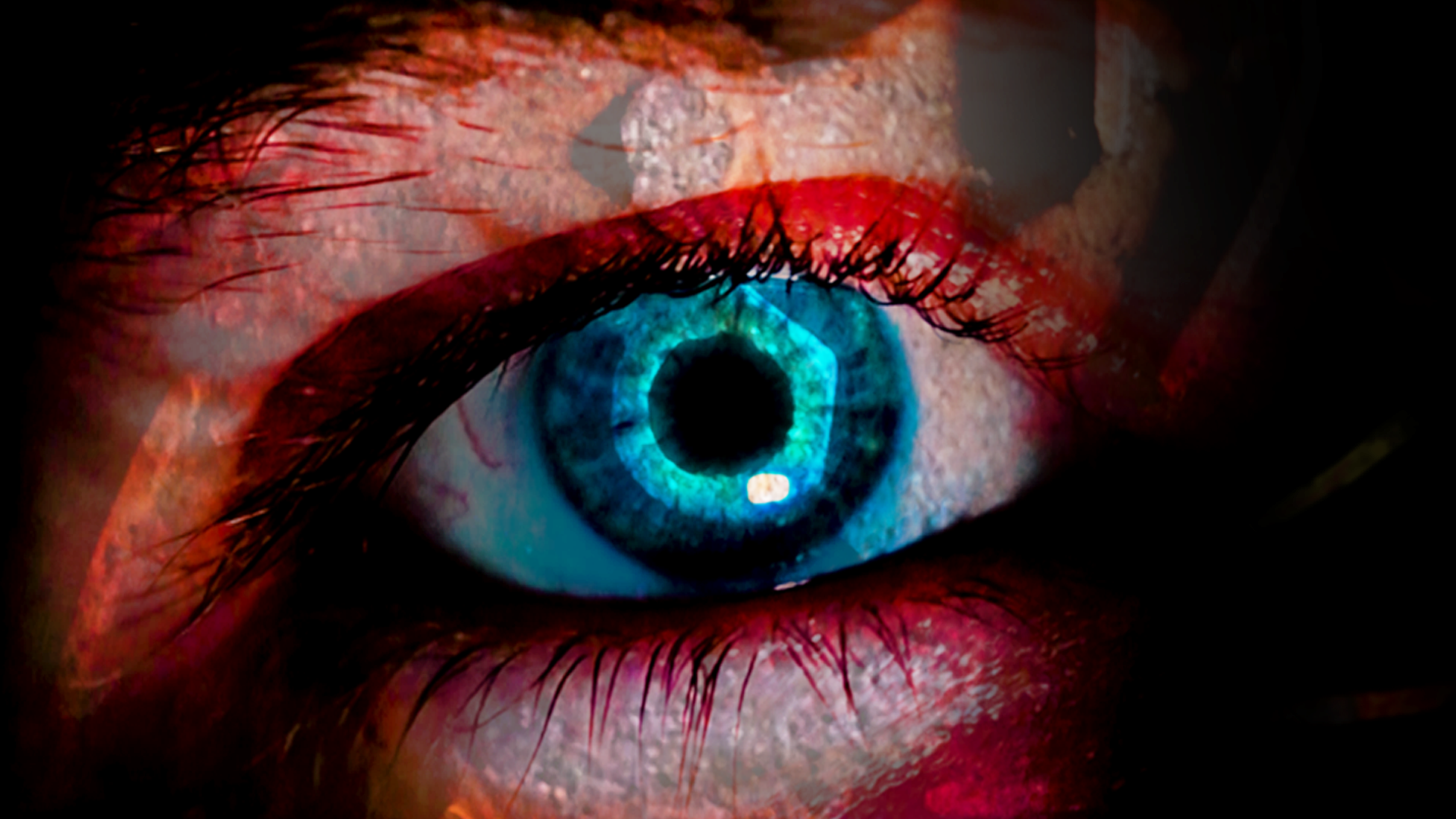
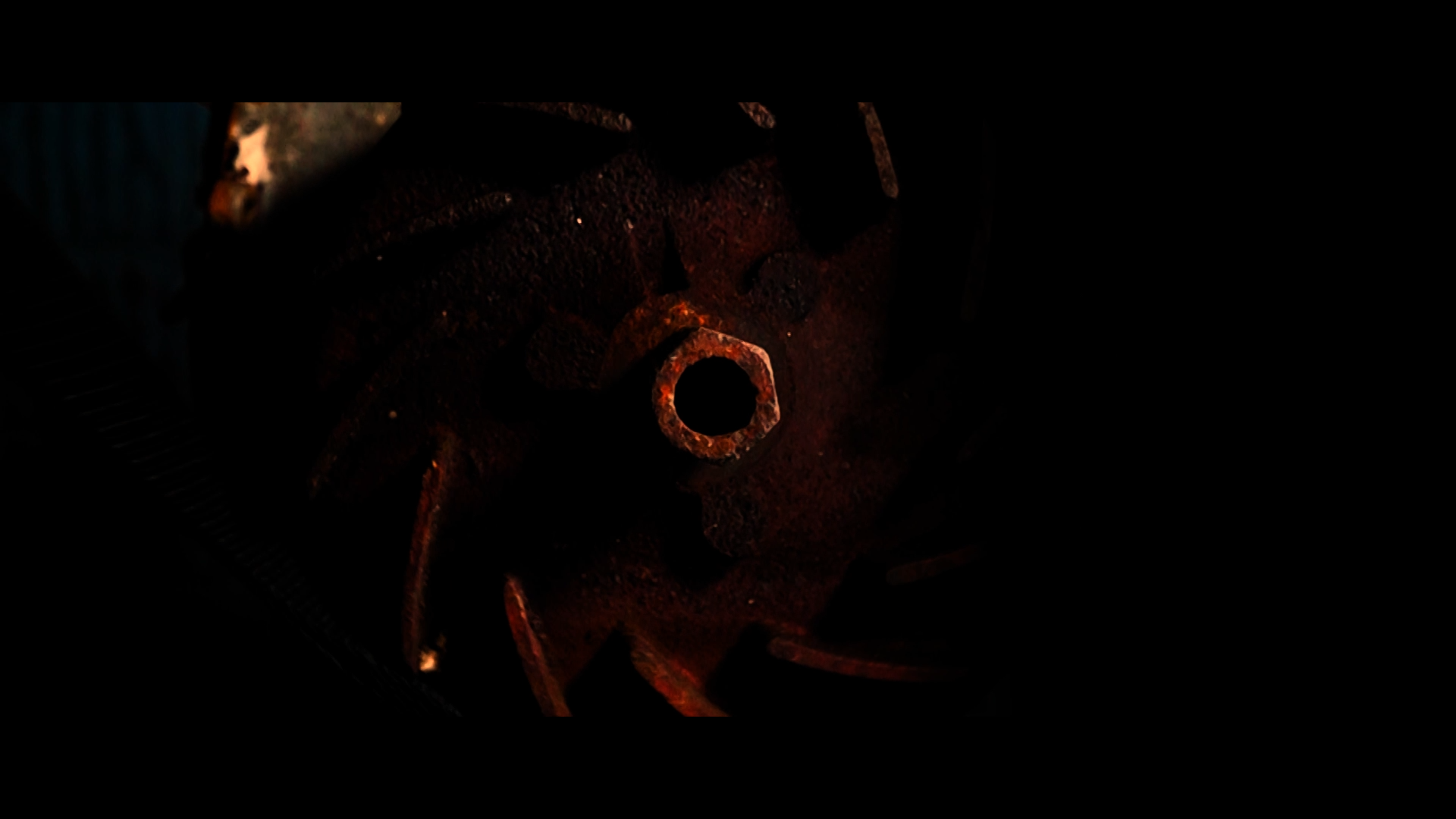
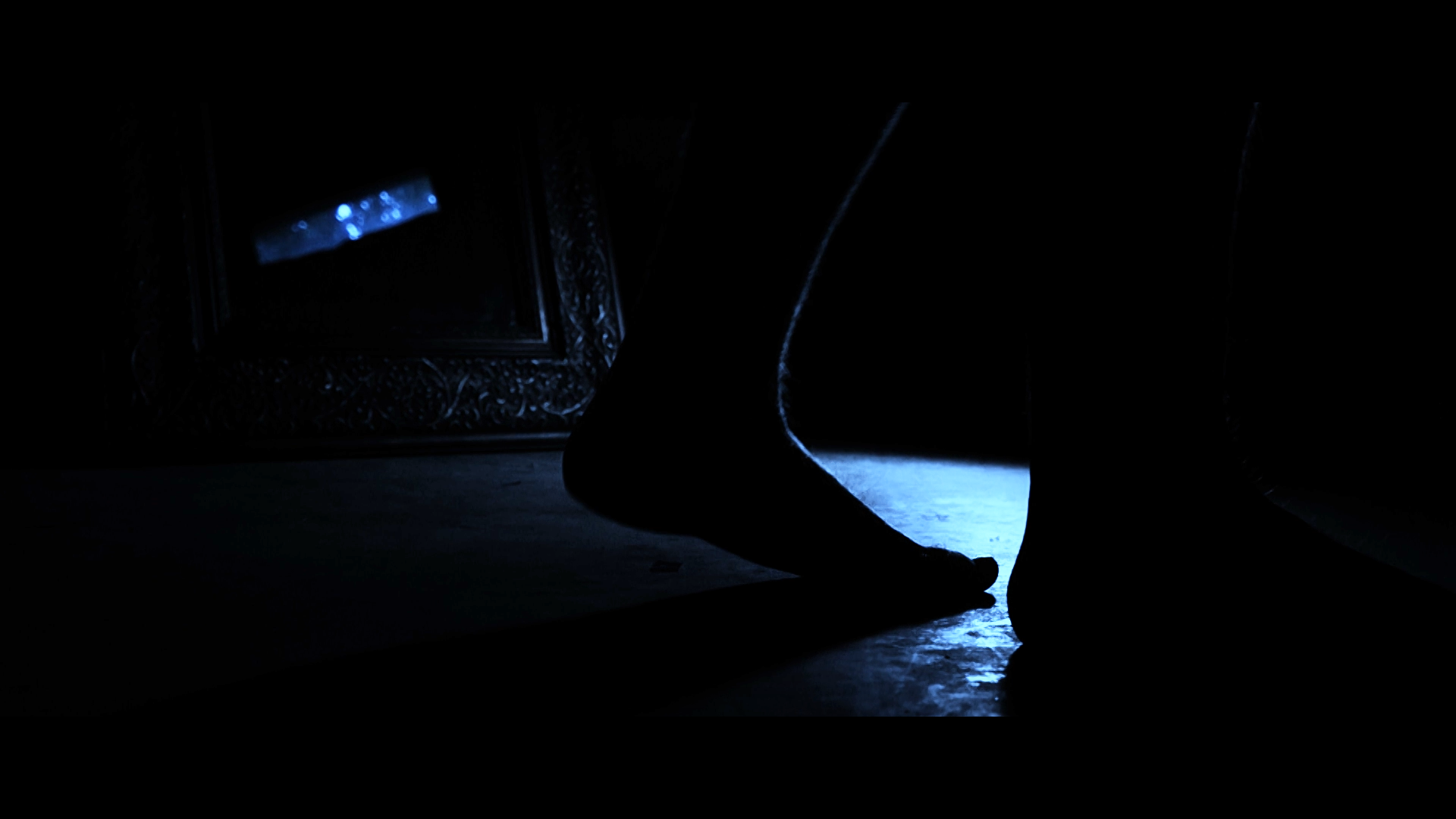
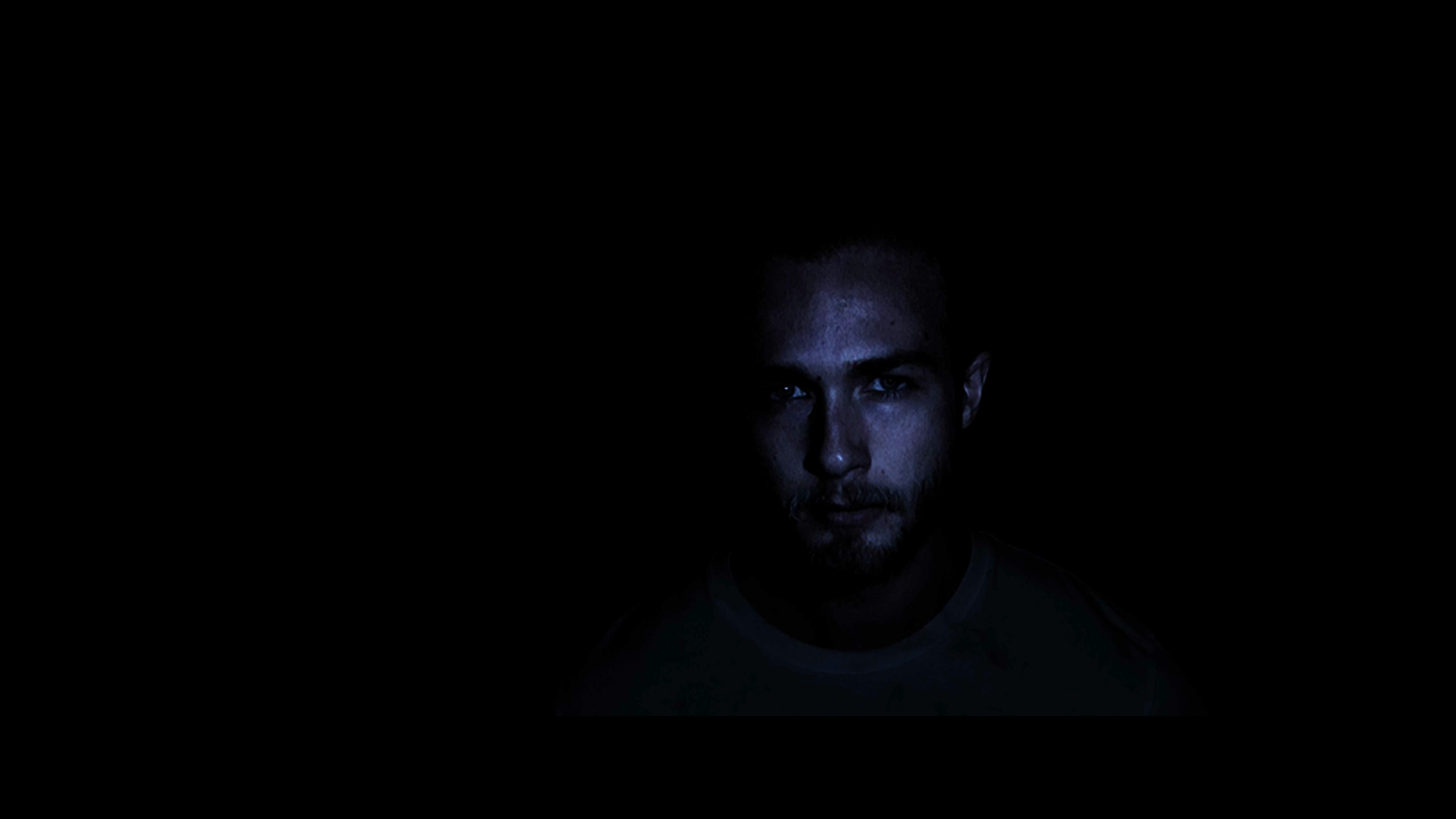
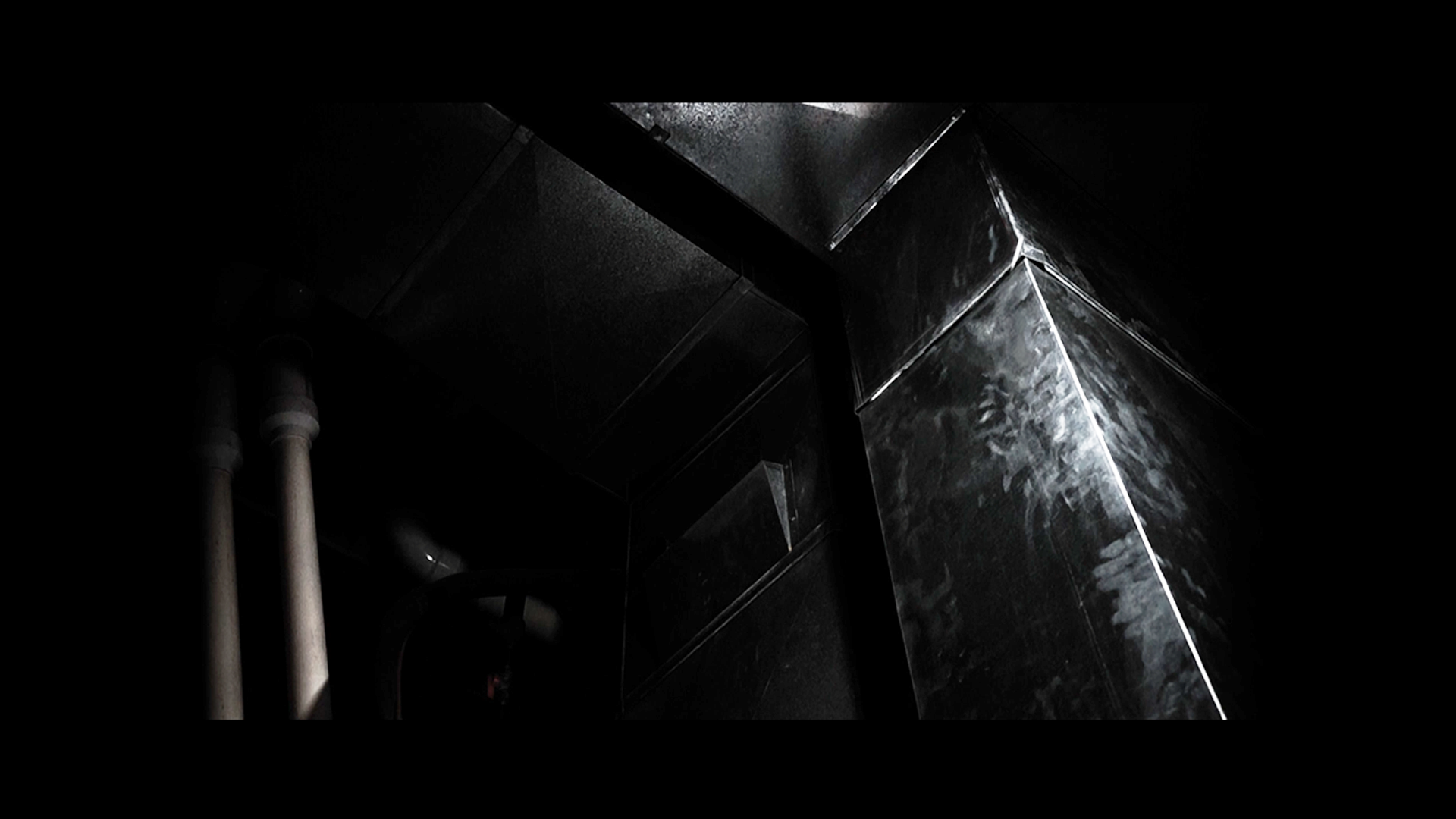


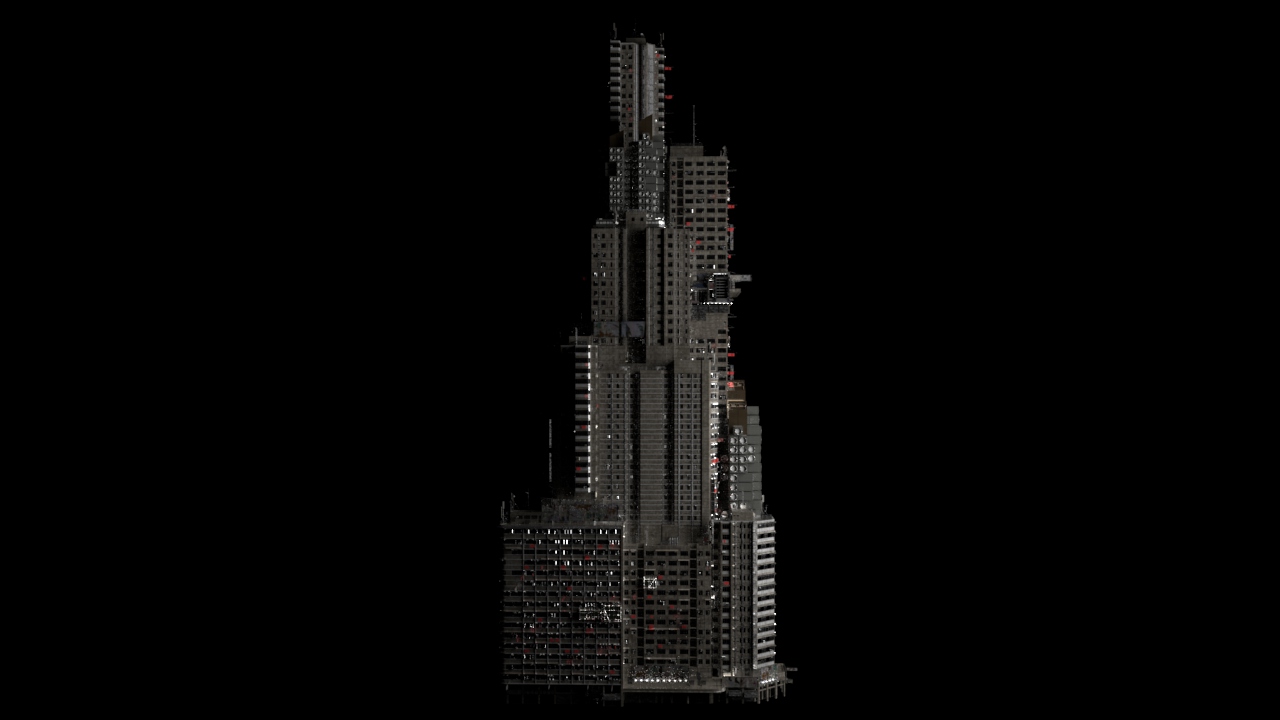

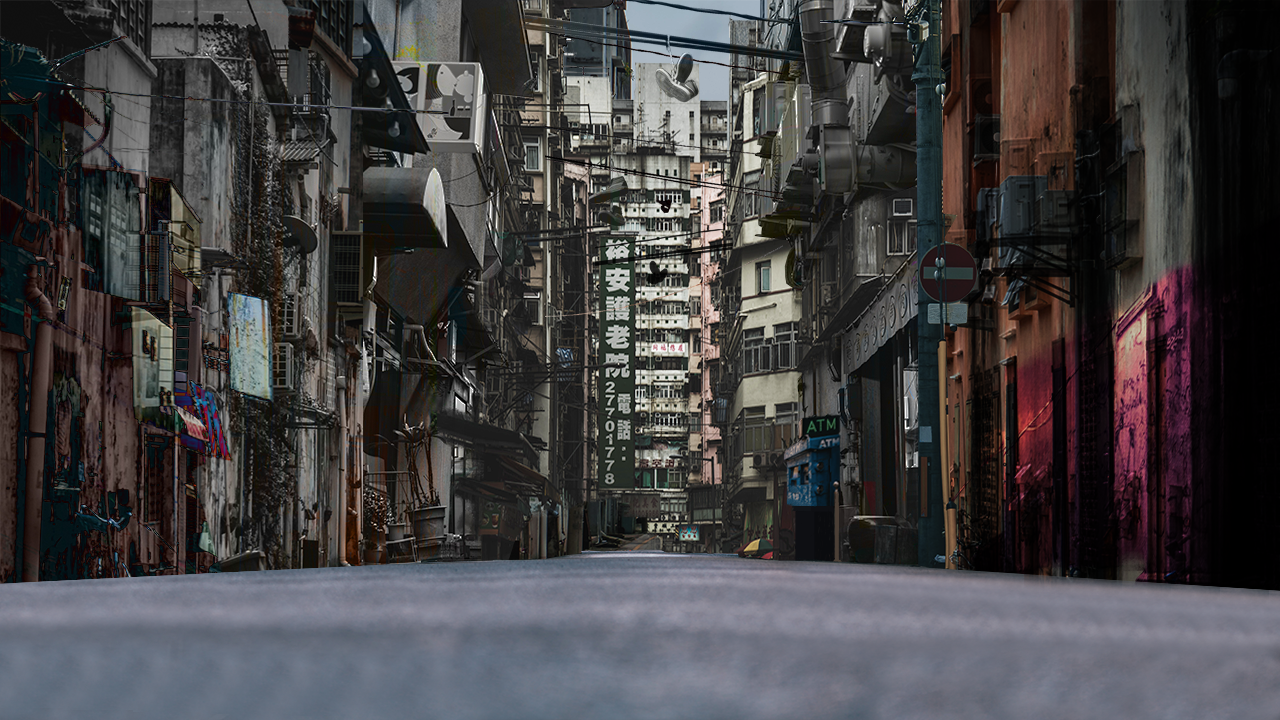

Marc Haas + Adam Farley Professor Ebrahim Poustinchi
Rooted in the disciplinary and interdisciplinary interests for IoT (Internet of things) and smart houses, Cyborg Pet studio investigates the physical and digital design, experience and immersion mediums, to question how designers can interact with design platforms to create spatial qualities for humans and non-humans through storytelling, narrative and experience creation.
As part of an installation-based studio, each Cyborg Pet installation tries to blur the boundaries of UI and UX through a seamless cyber-physical-hybrid experience setup, where each one of the agents in the process – human, robot, and non-human – are simultaneously part of the design process, space creation, and subject to experience the outcome of the process.
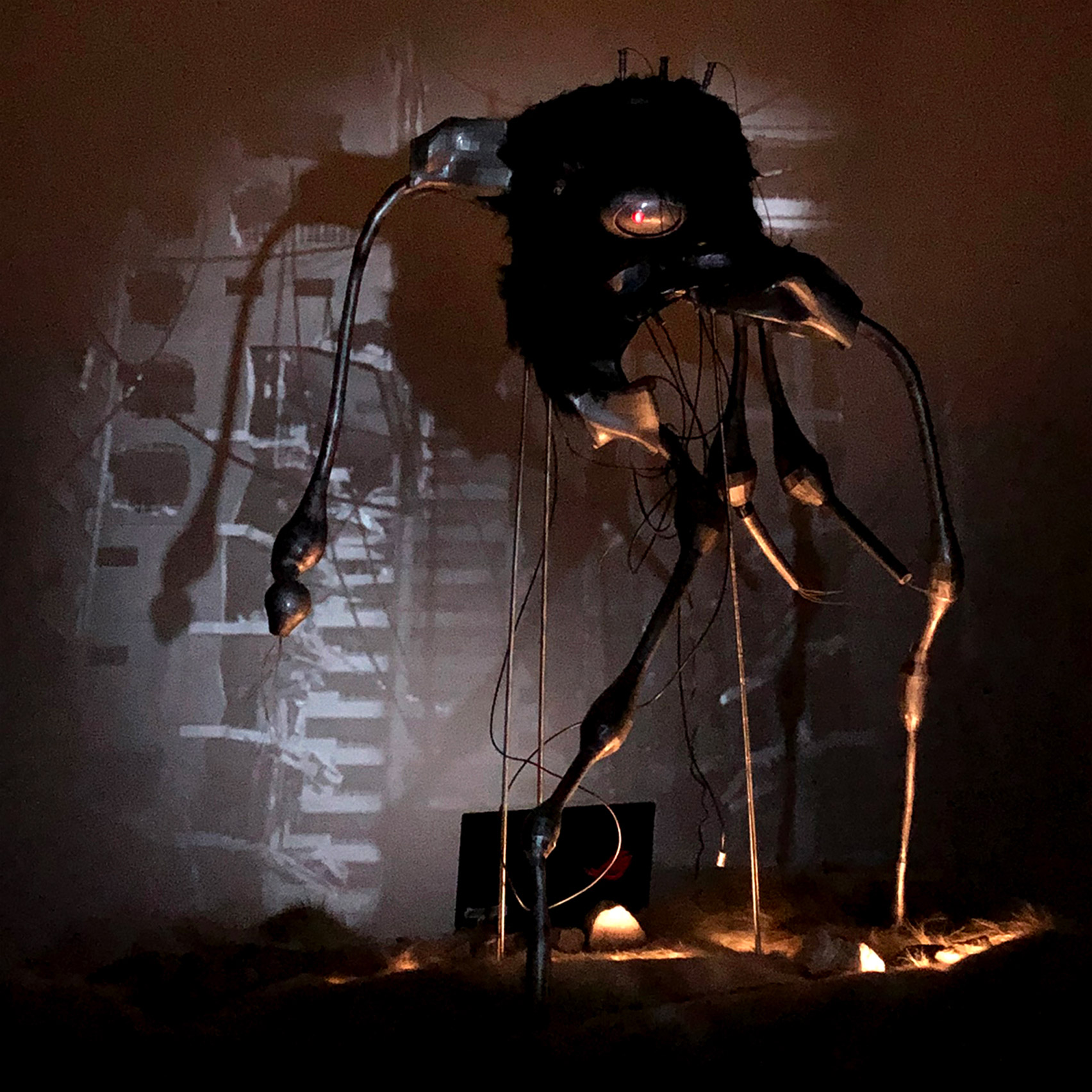
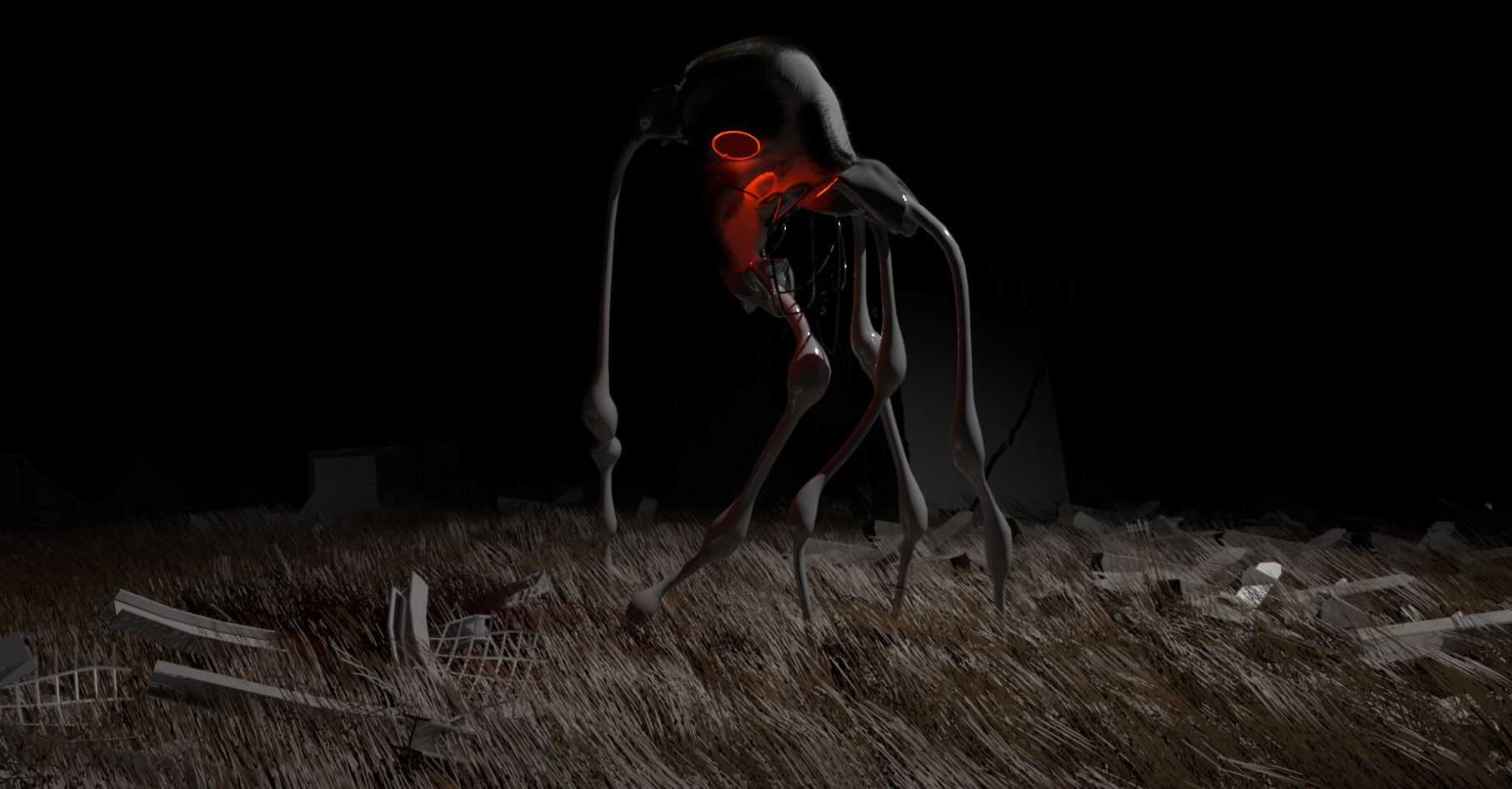


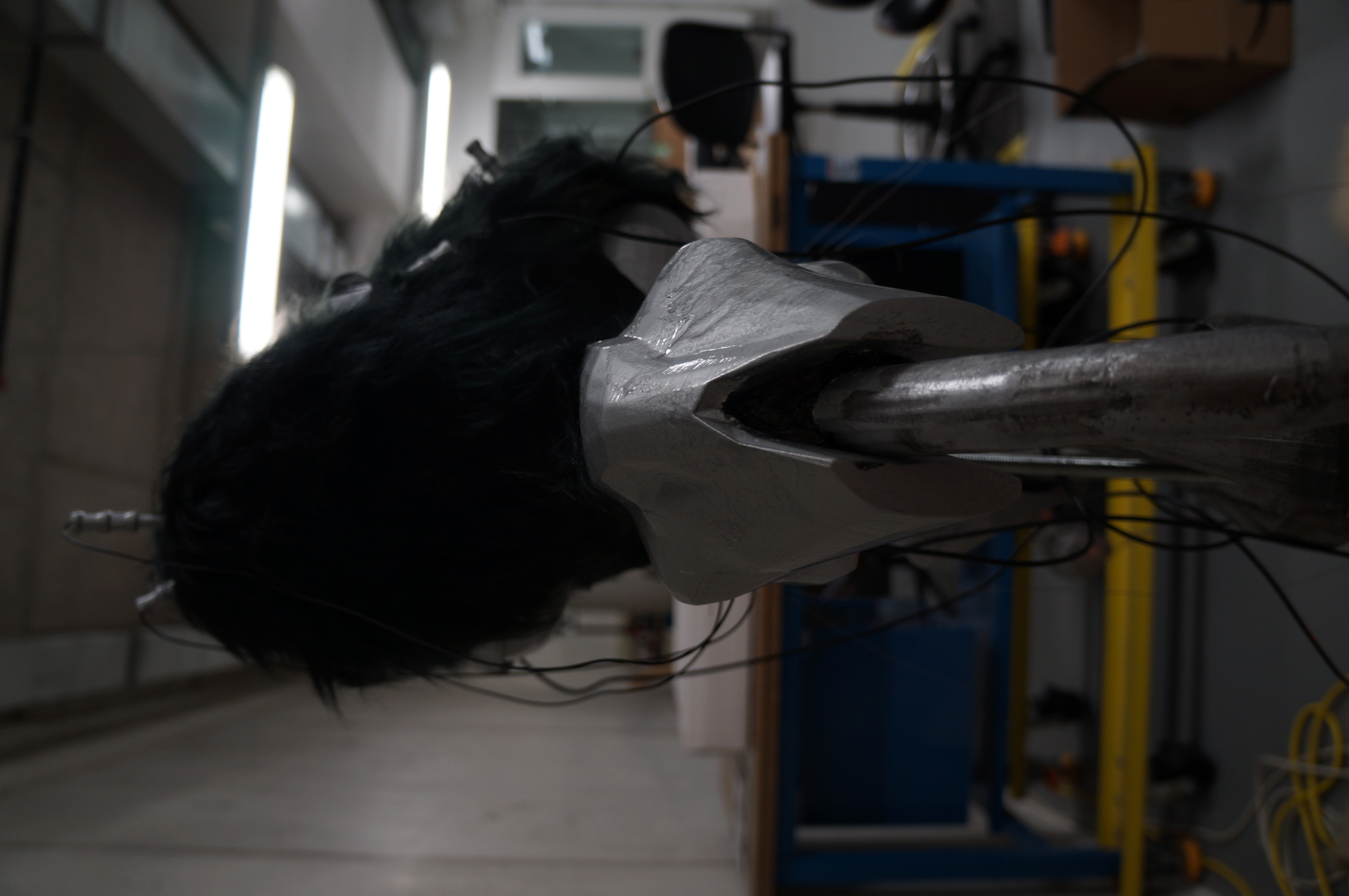

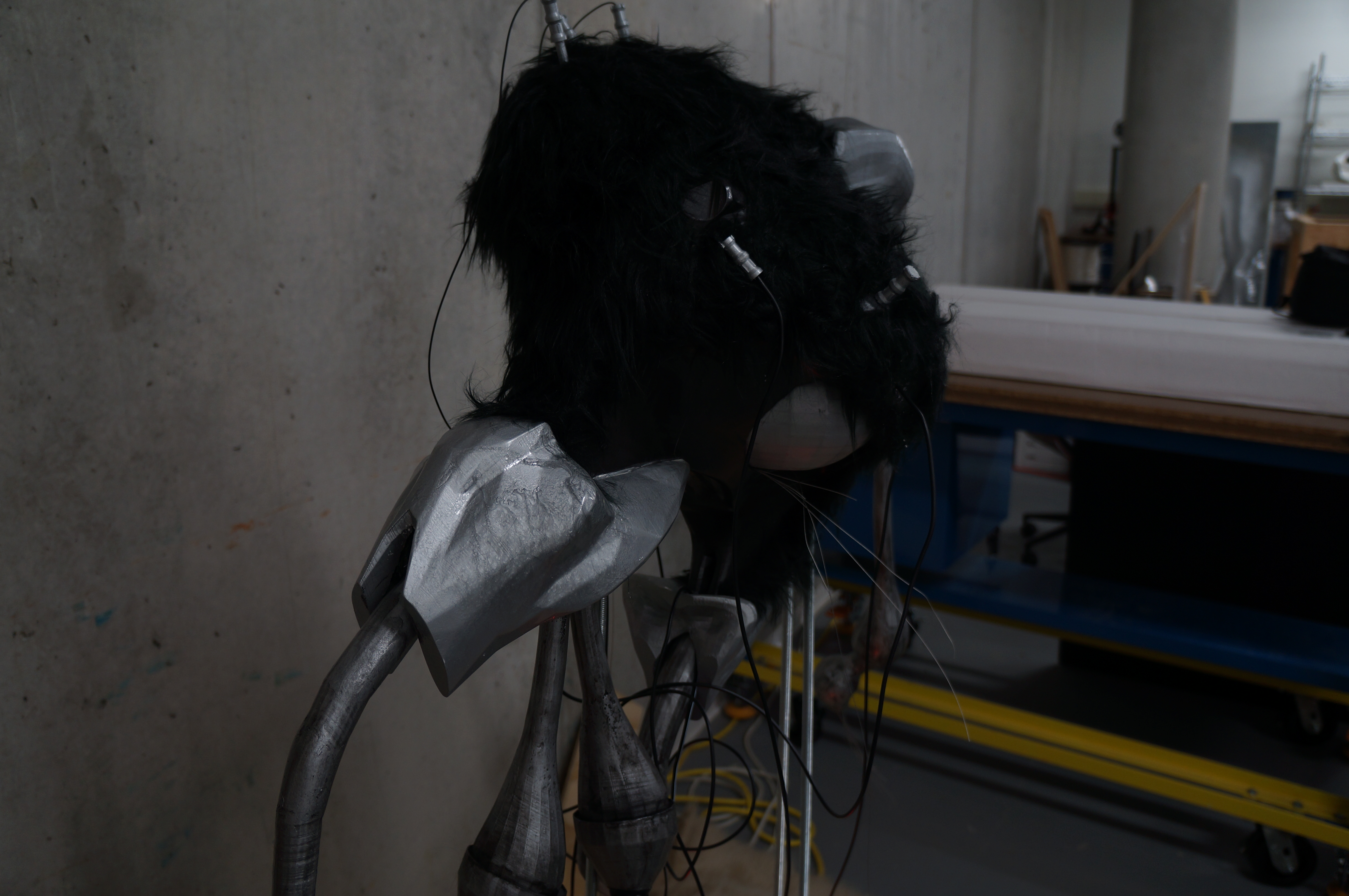
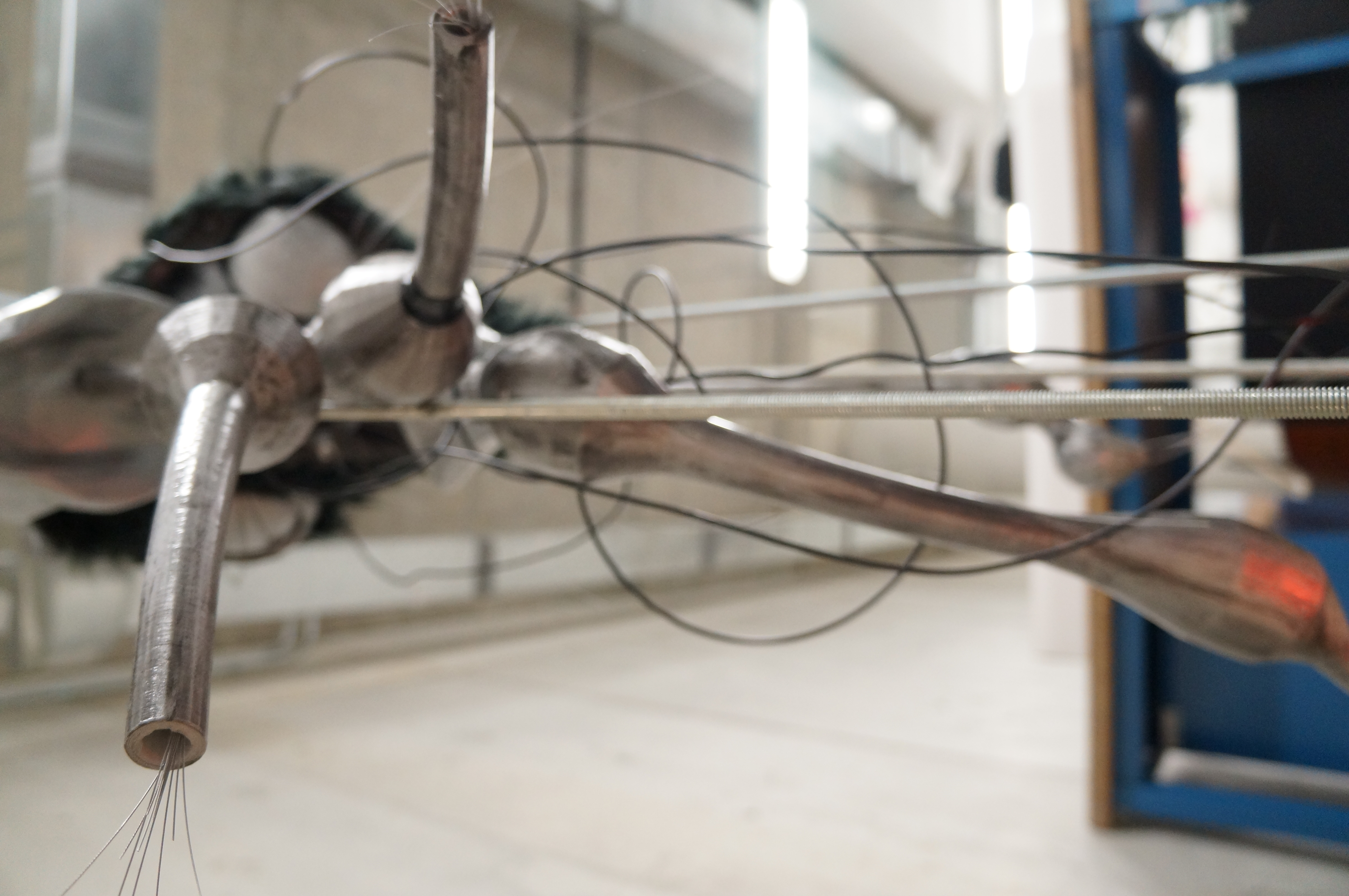
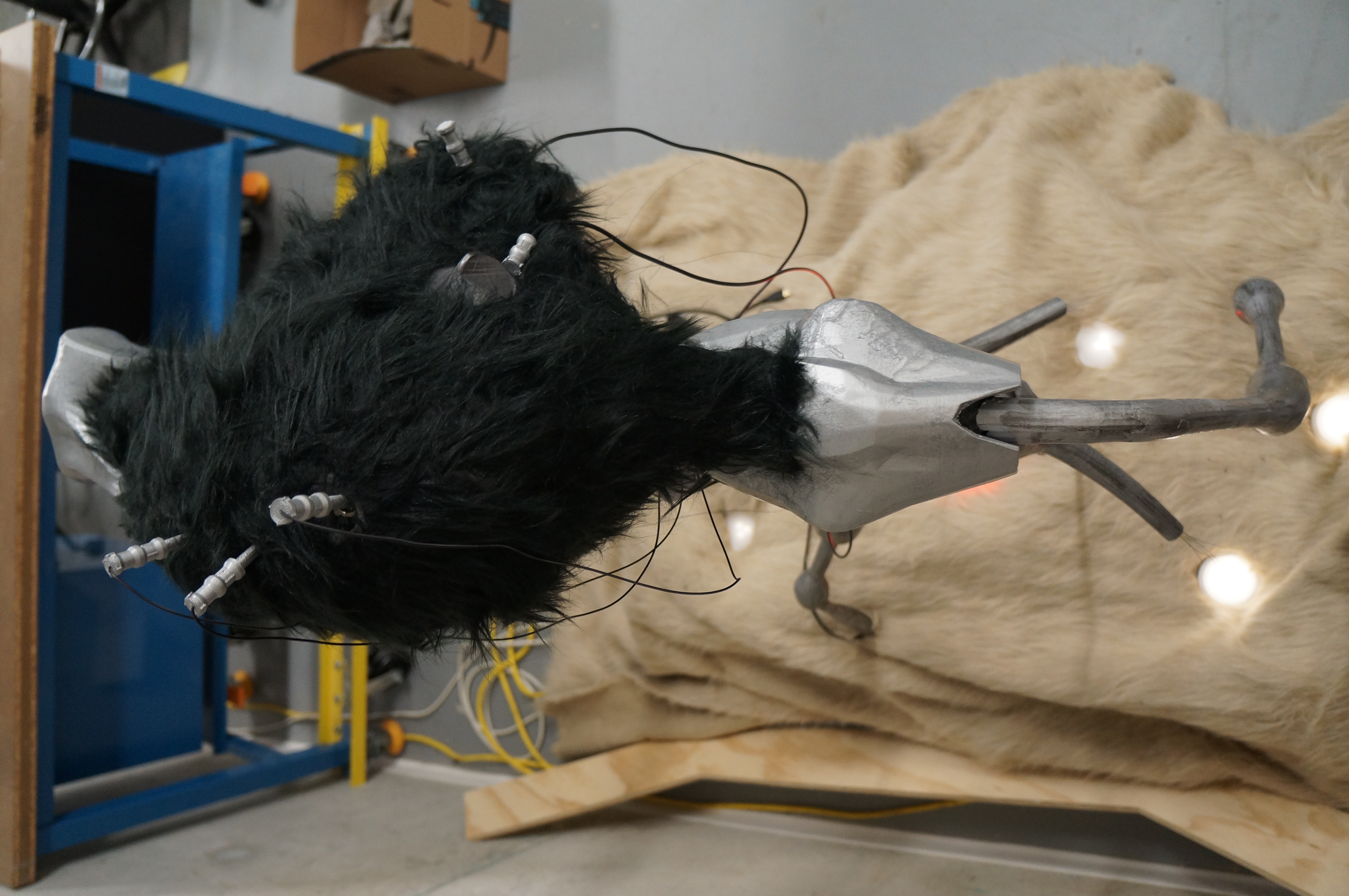







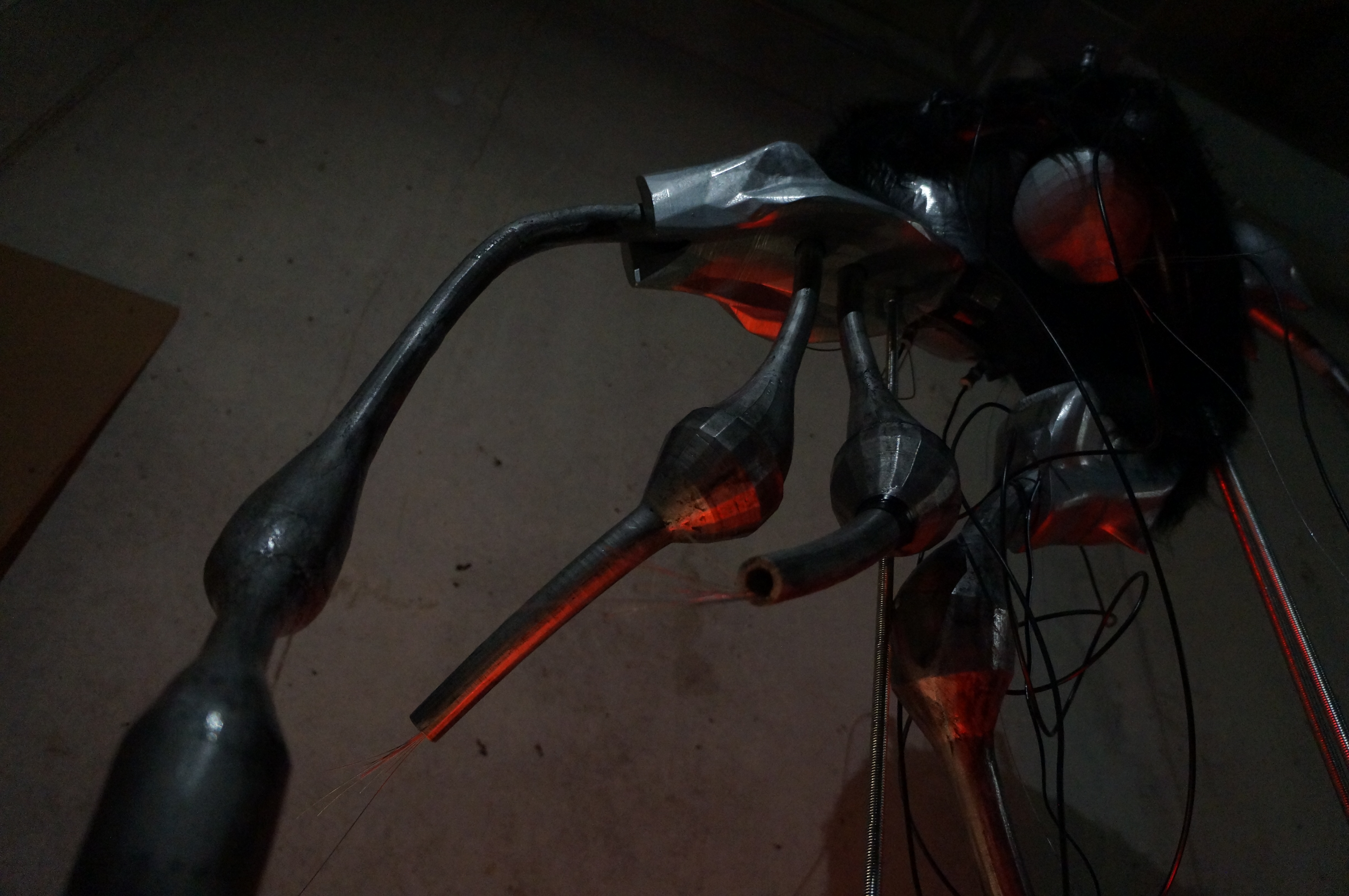

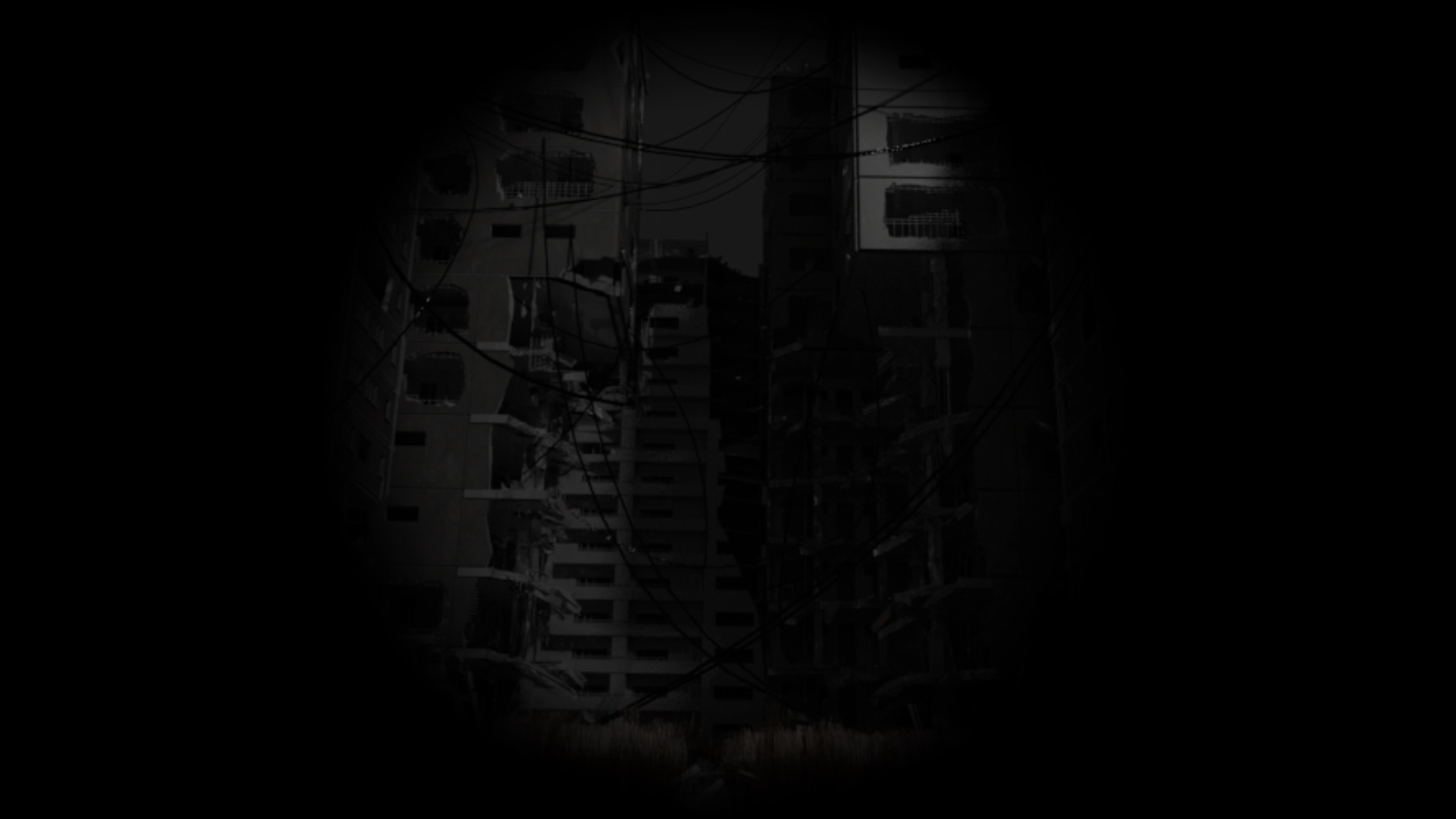
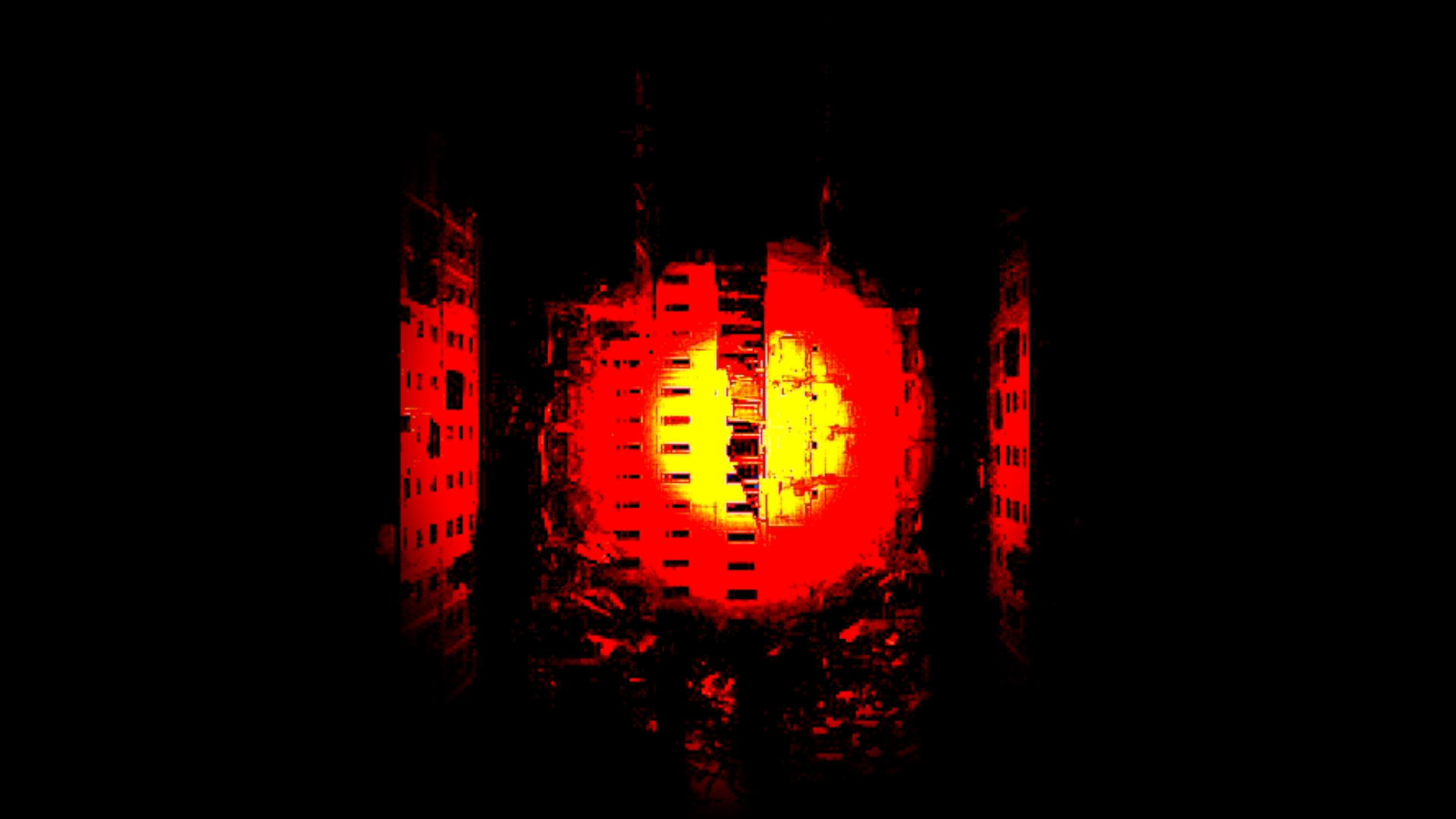
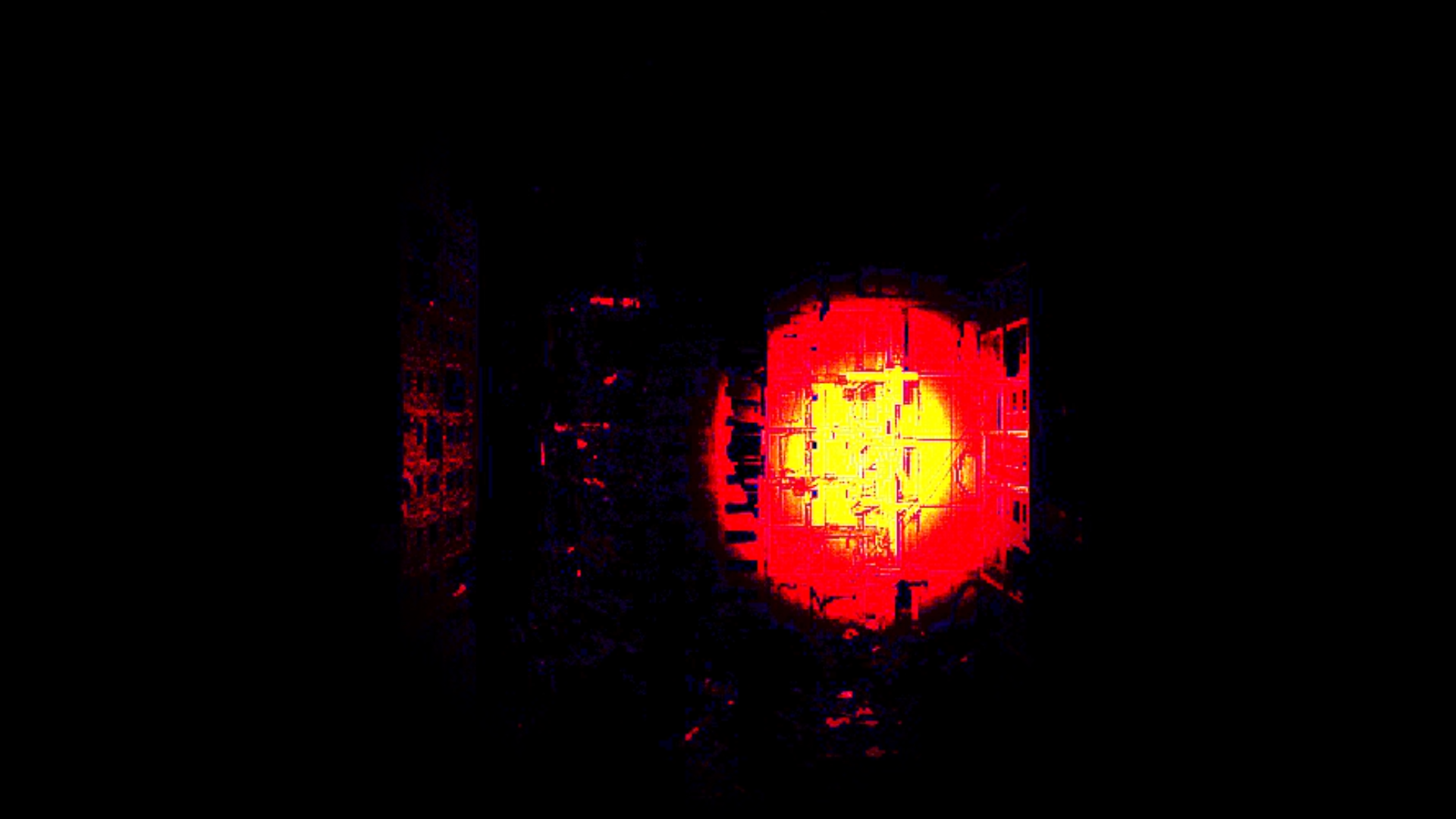
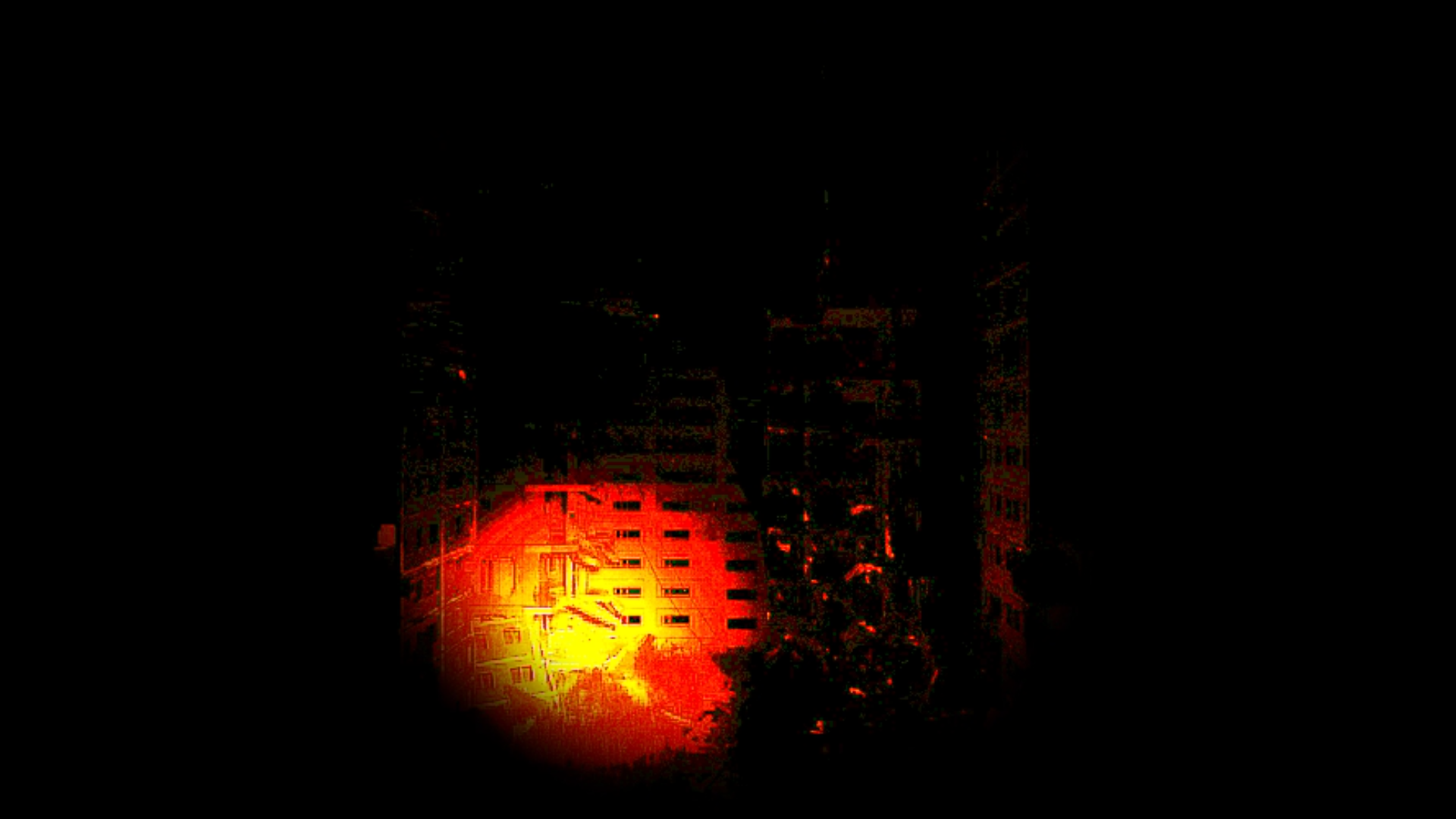
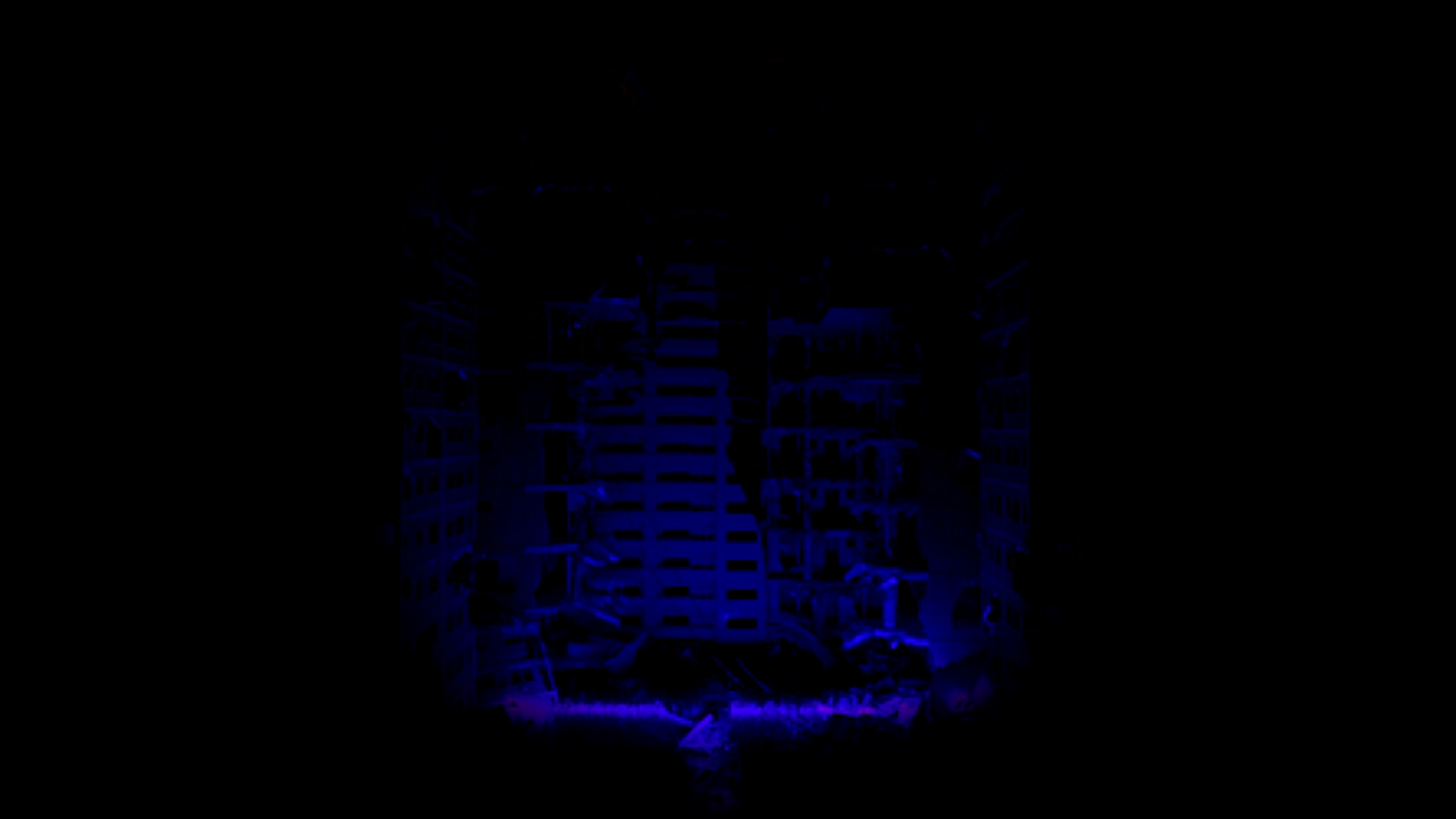
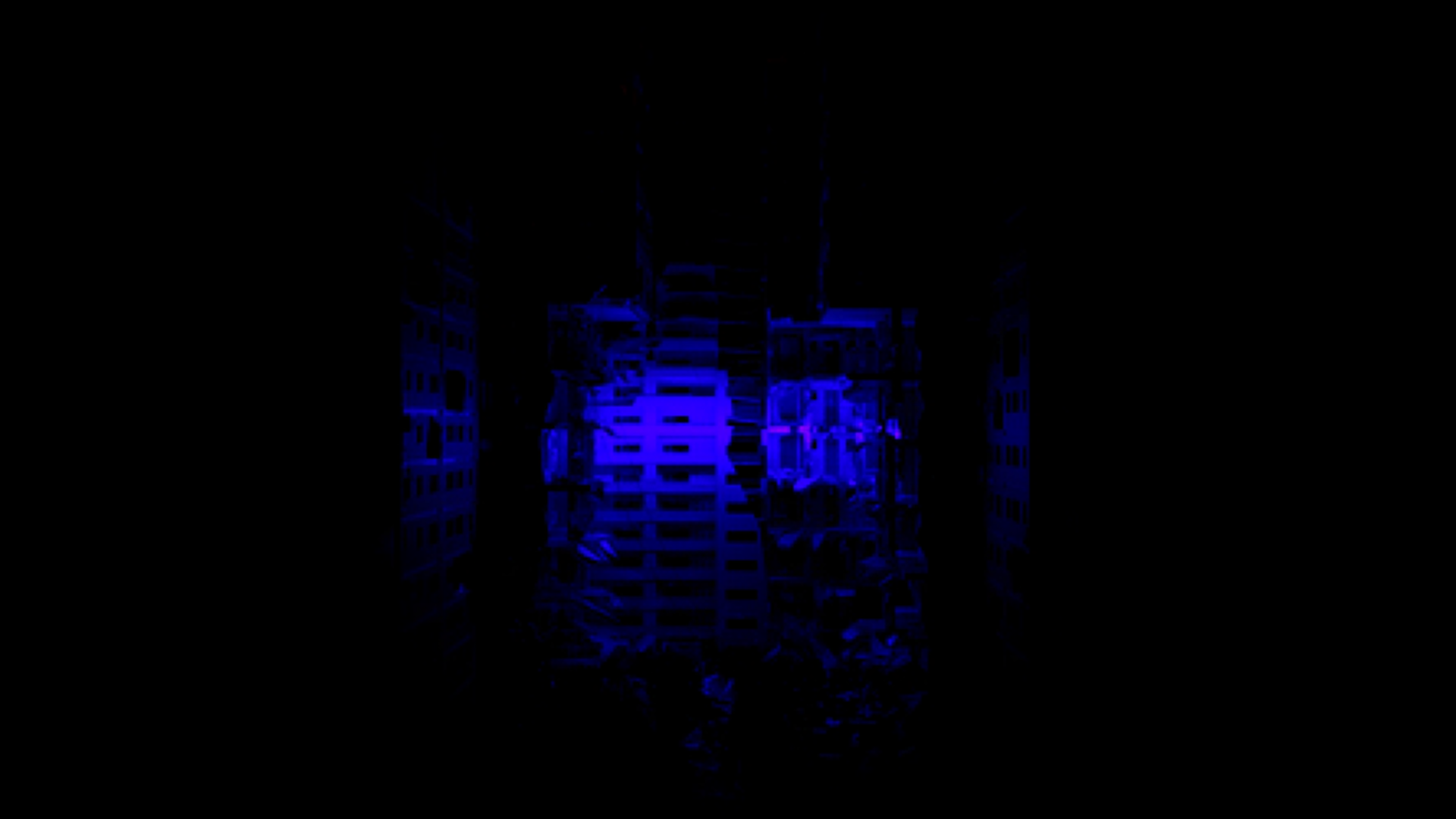


Written & Directed by Andrew Kovac
Production Designer, Prop Master, and Gaffer Marc Haas
“When ordering food, we often put on a happy face. But, when do we take that mask off, if ever? Tripp (James Counihan) faces this internal struggle while his partner, Jay (Brian Westerley) confronts this dual personality.
I decided to write about something I know all too well about, and that’s being overly polite. I blame it on my midwestern upbringing, but I can’t help but smile and say “thank you so much” when in reality I might be having a bad day.
So this film is about that confrontation within yourself and deciding who you want to be: Mr. Nice Guy or yourself (even if that self might be a hitman).”
- Andrew Kovac

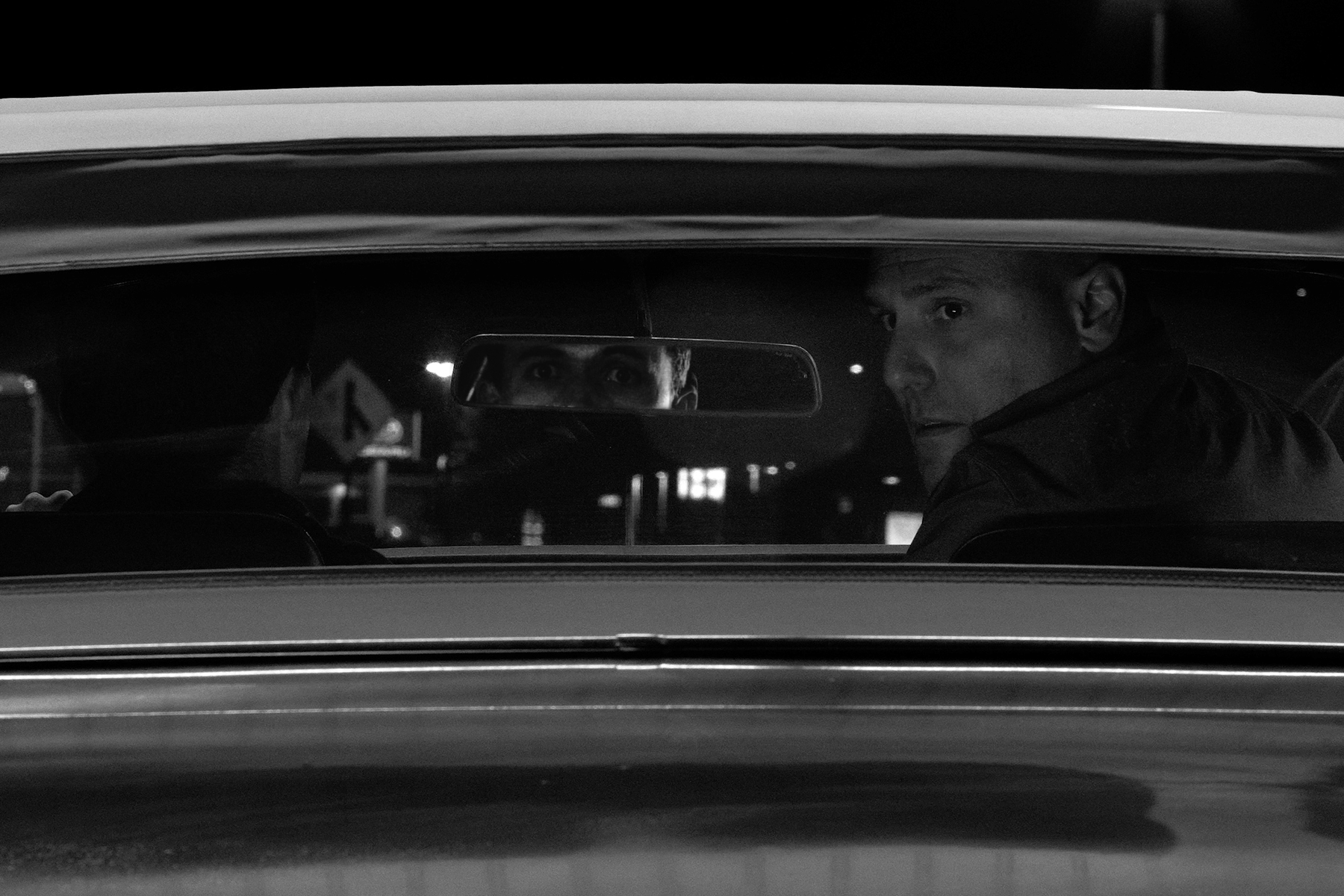
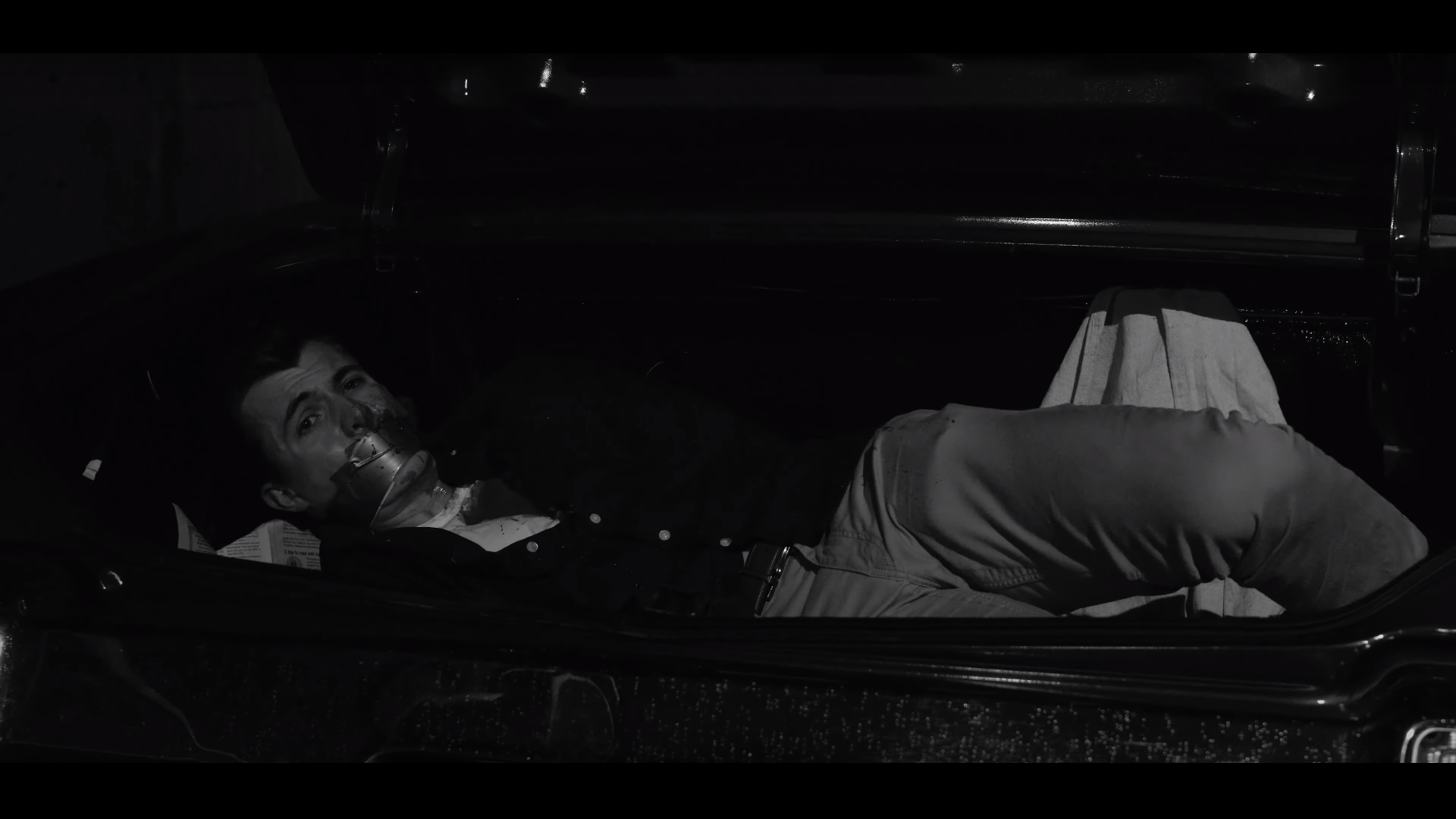
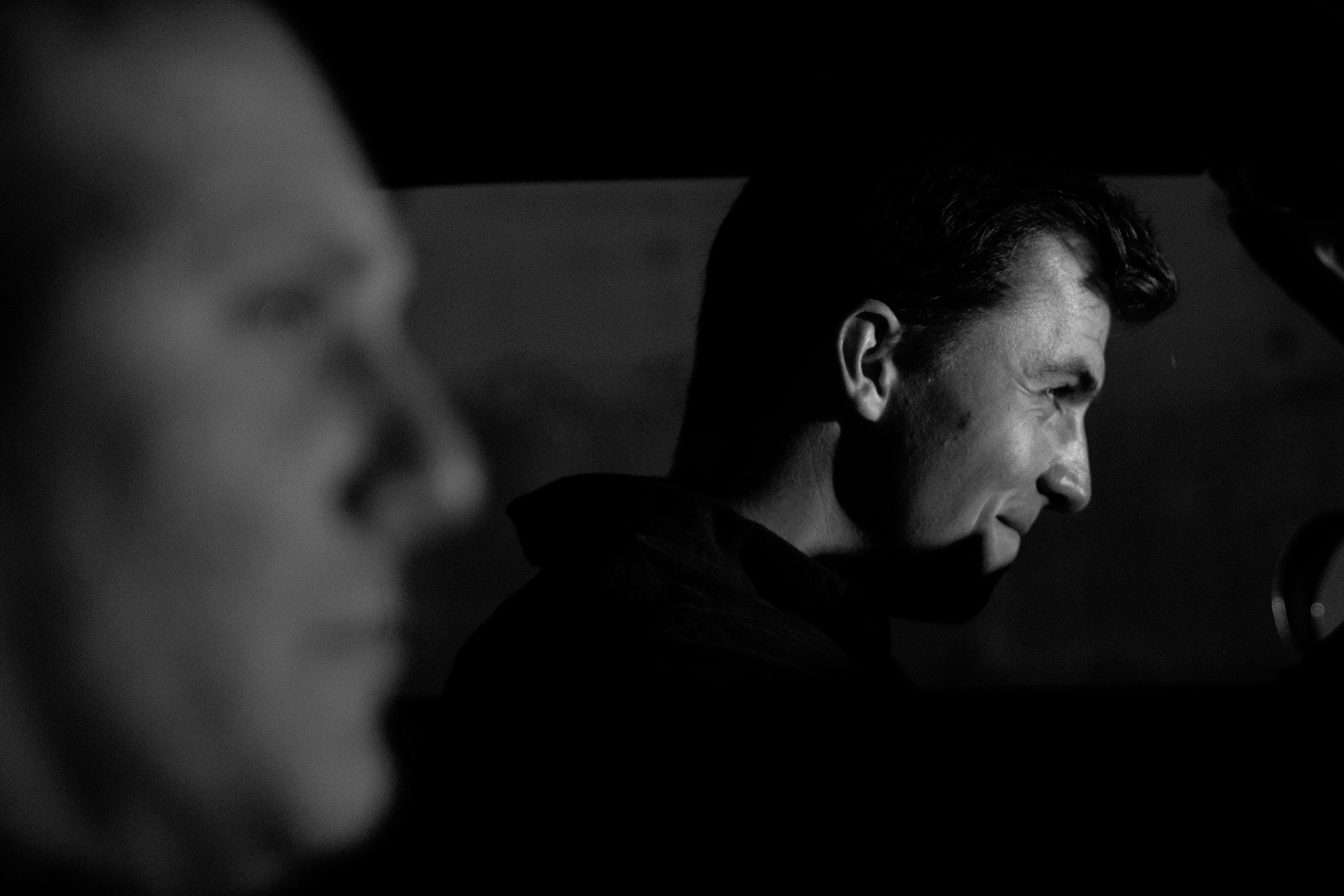
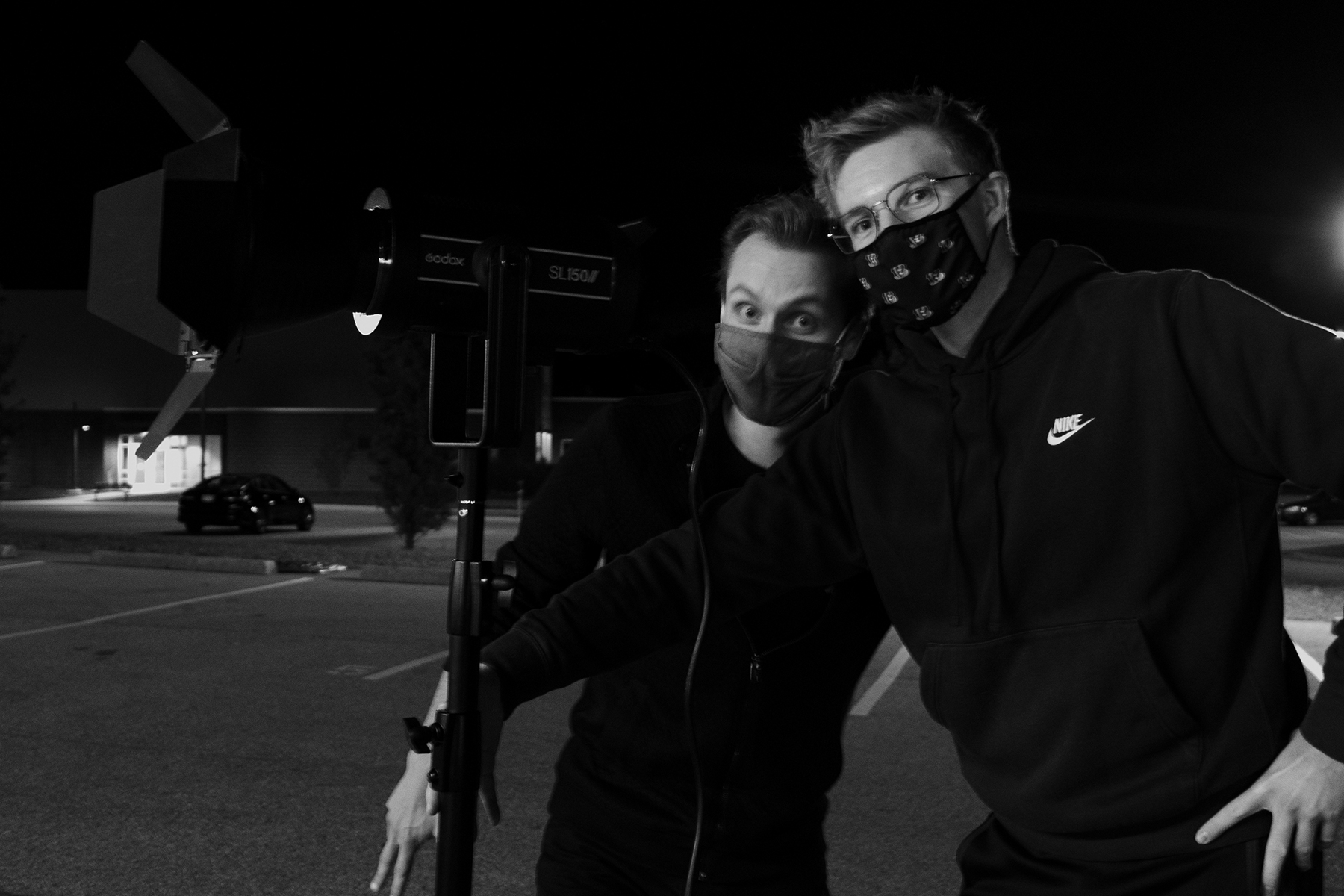
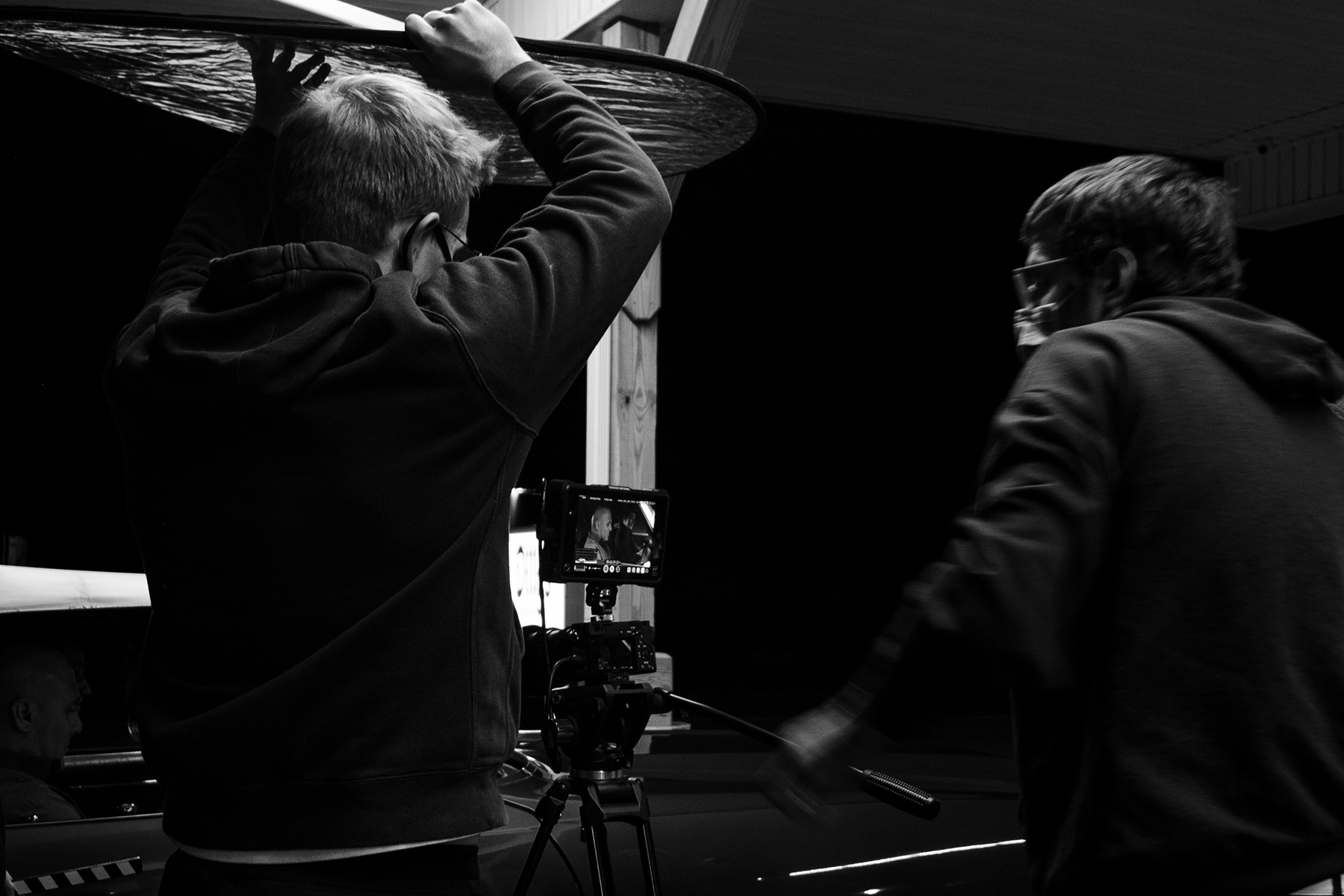

Personal work – inspired by Blade Runner, Akira, Neuromancer, and other works within the science fiction sub-genre that is Cyberpunk.
Artwork Narrative: Trash accumulates in the gritty underworld of crime and neon. Advanced technology and powerful corporations control the dystopian society, creating a high tech, low life dichotomy. This leads to impoverished groups who dissent, question authority and turn to crime.
“The future is already here – it’s just not evenly distributed.”
– William Gibson
